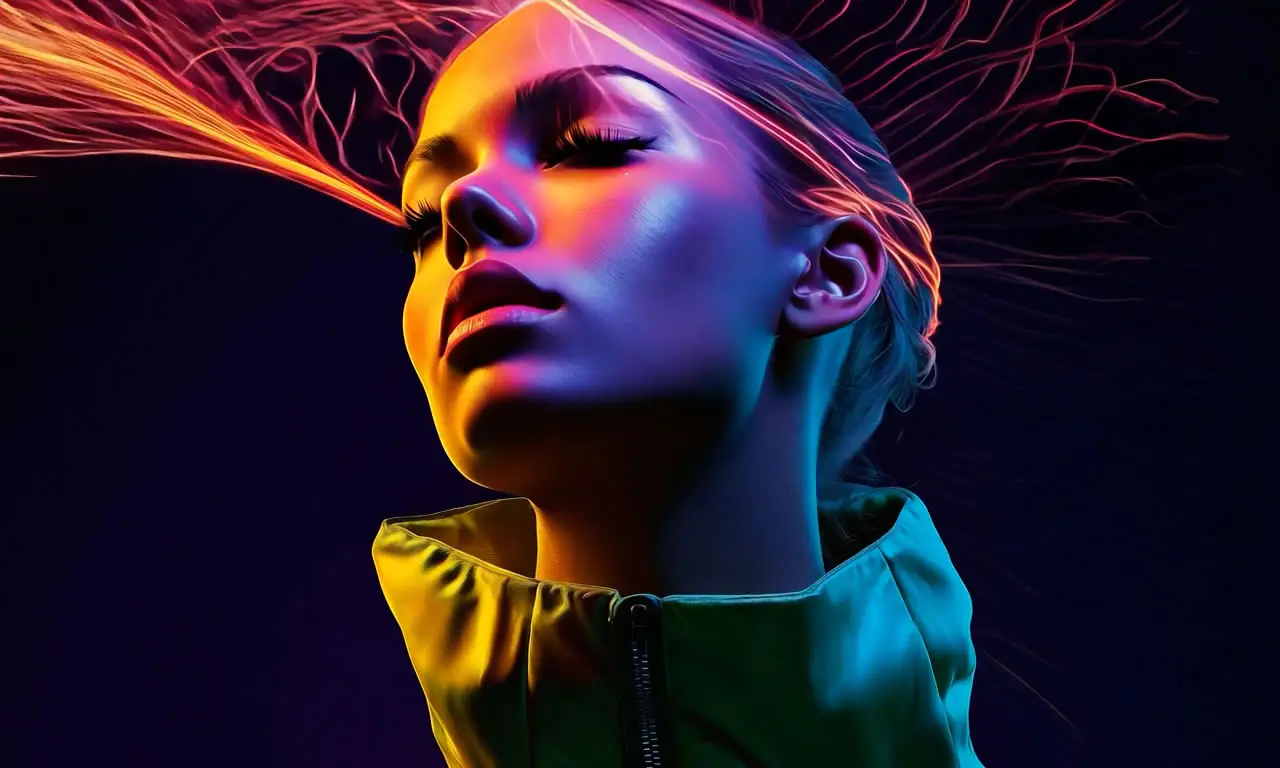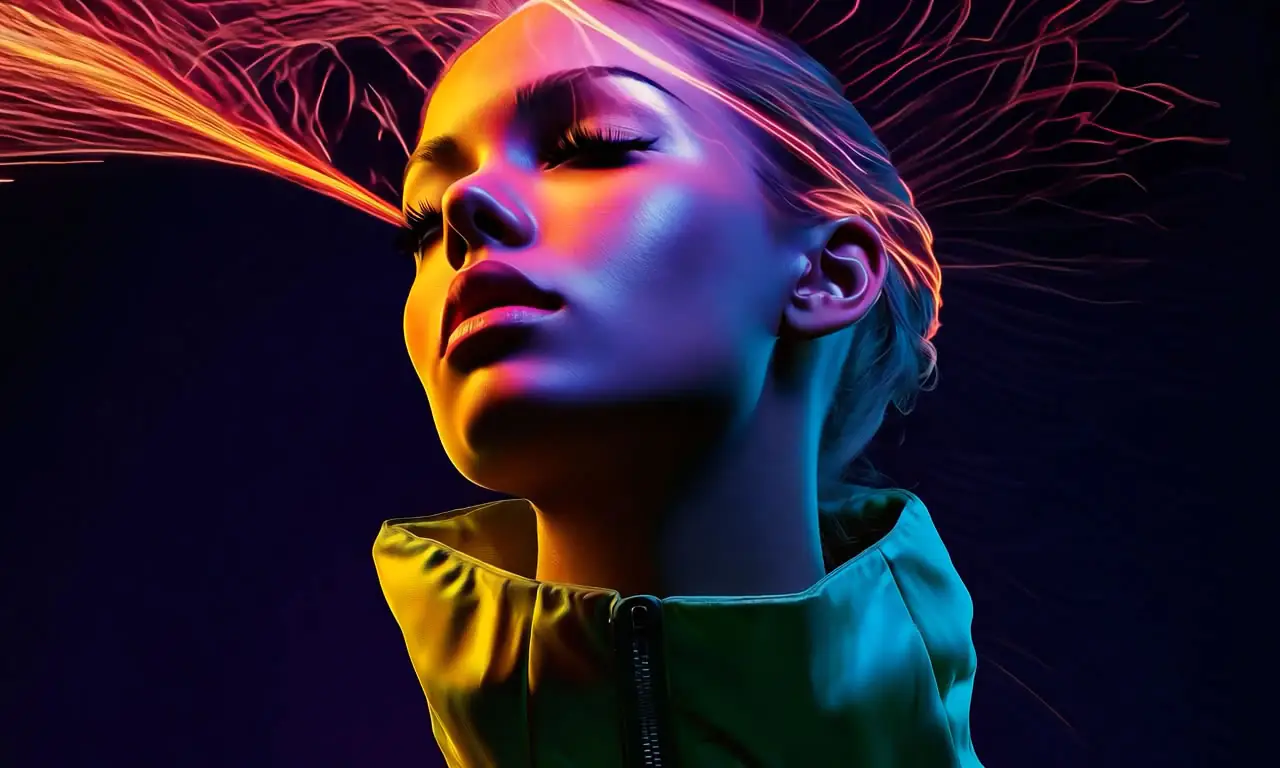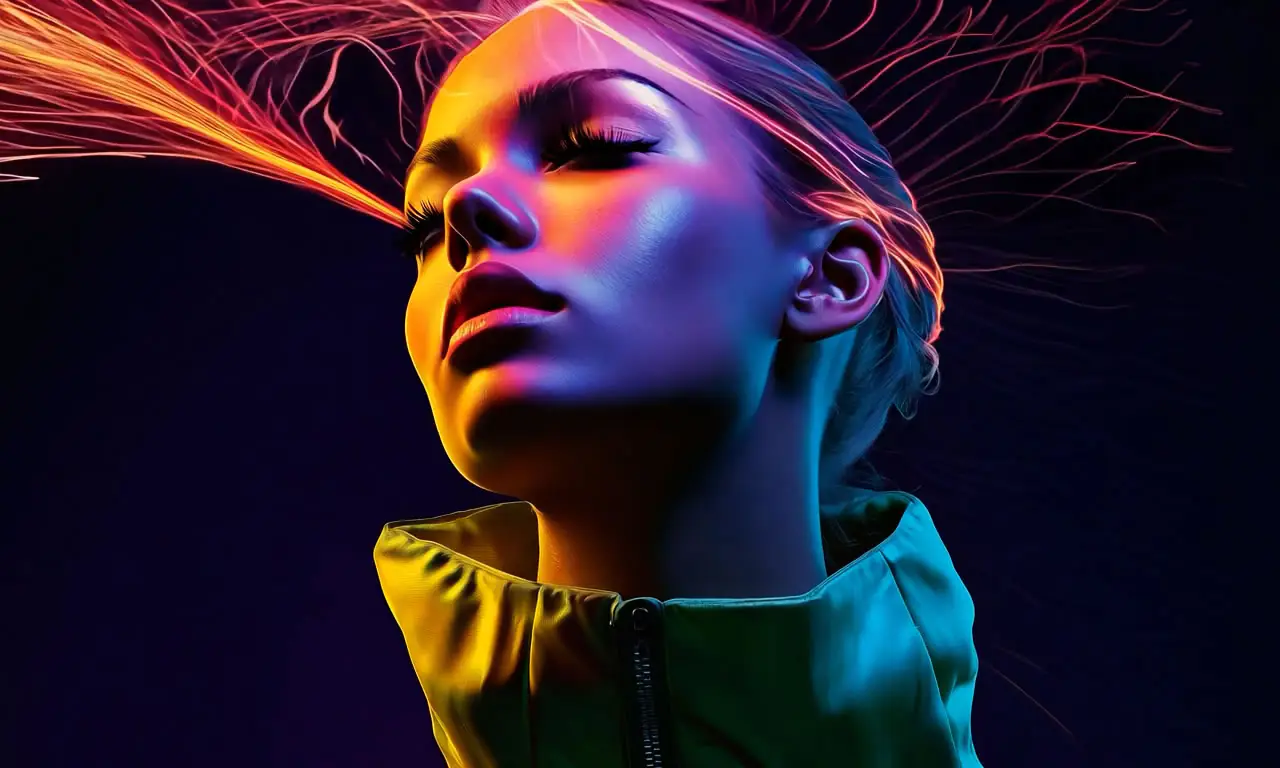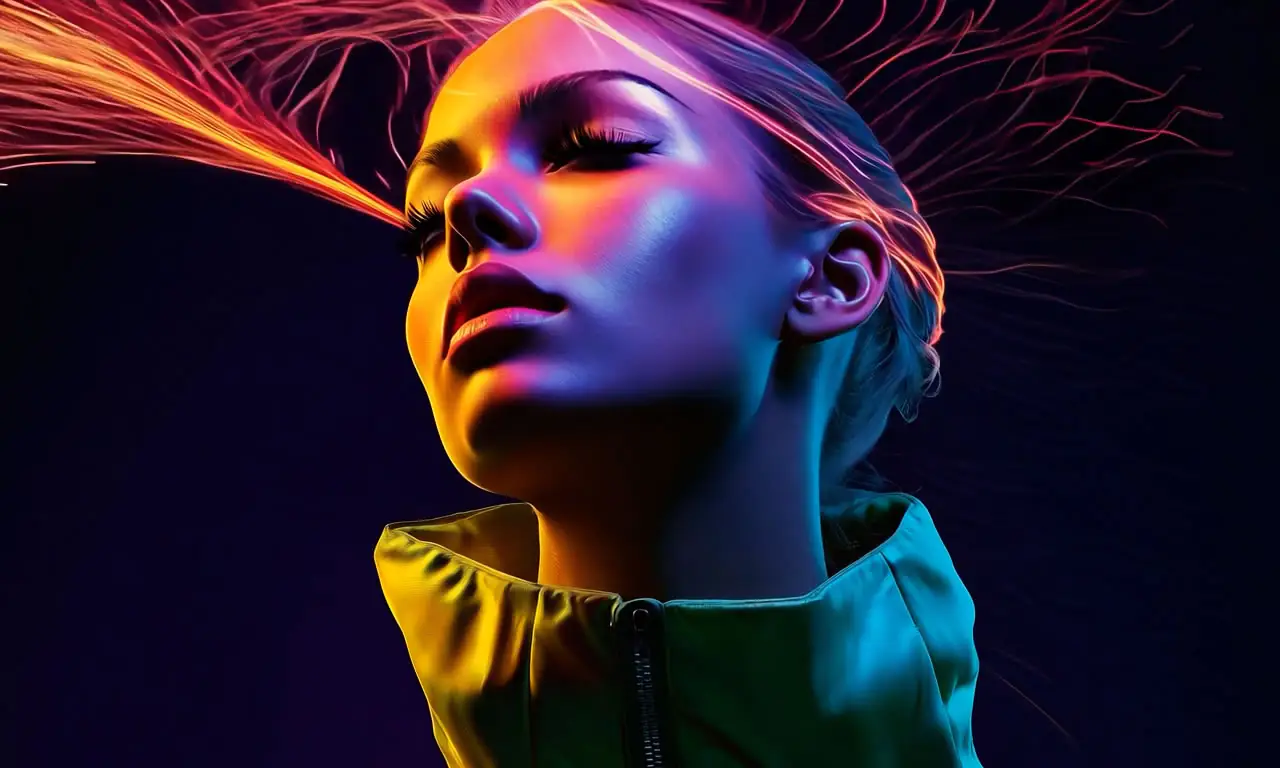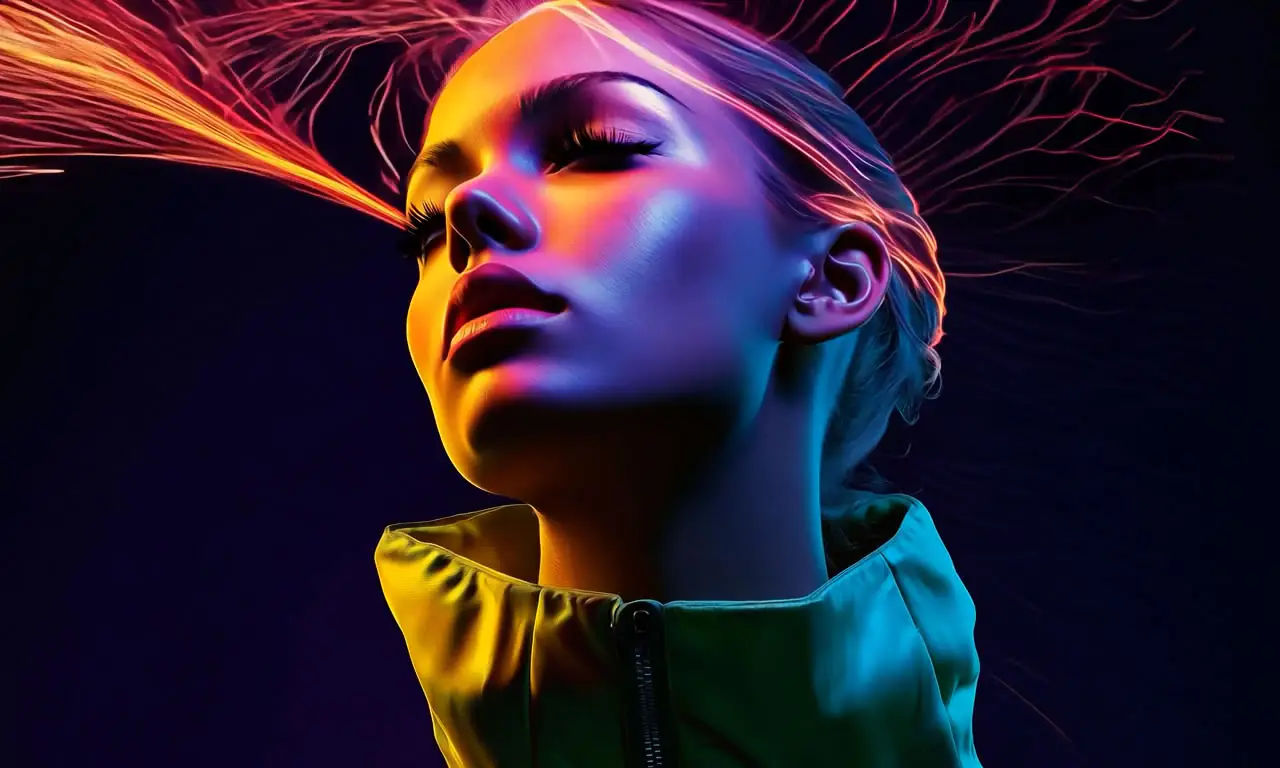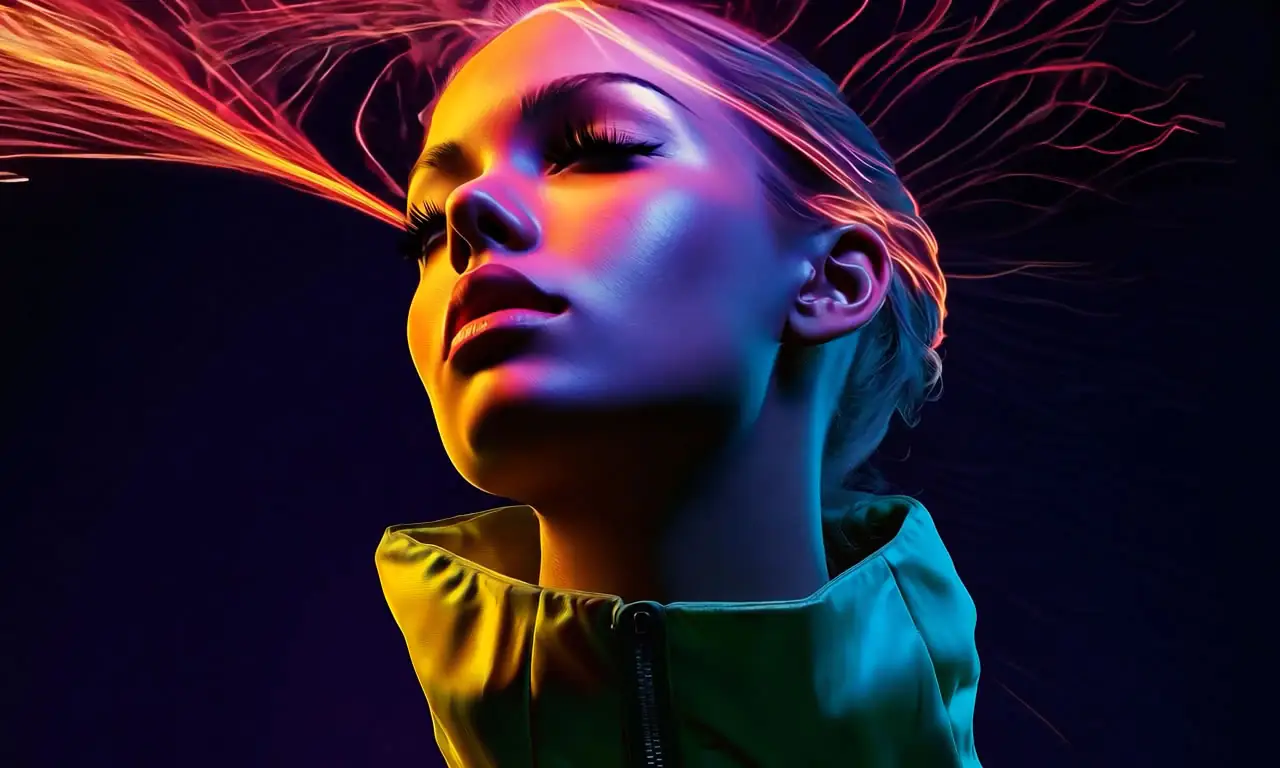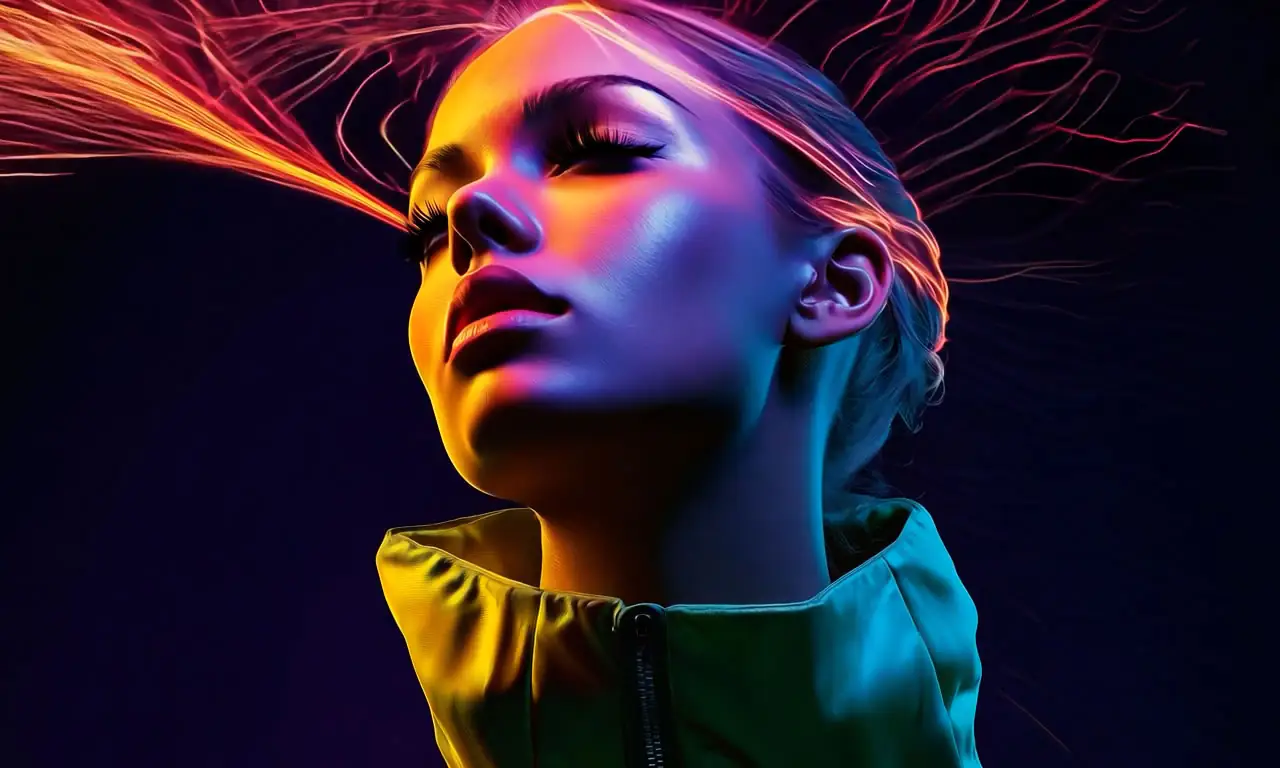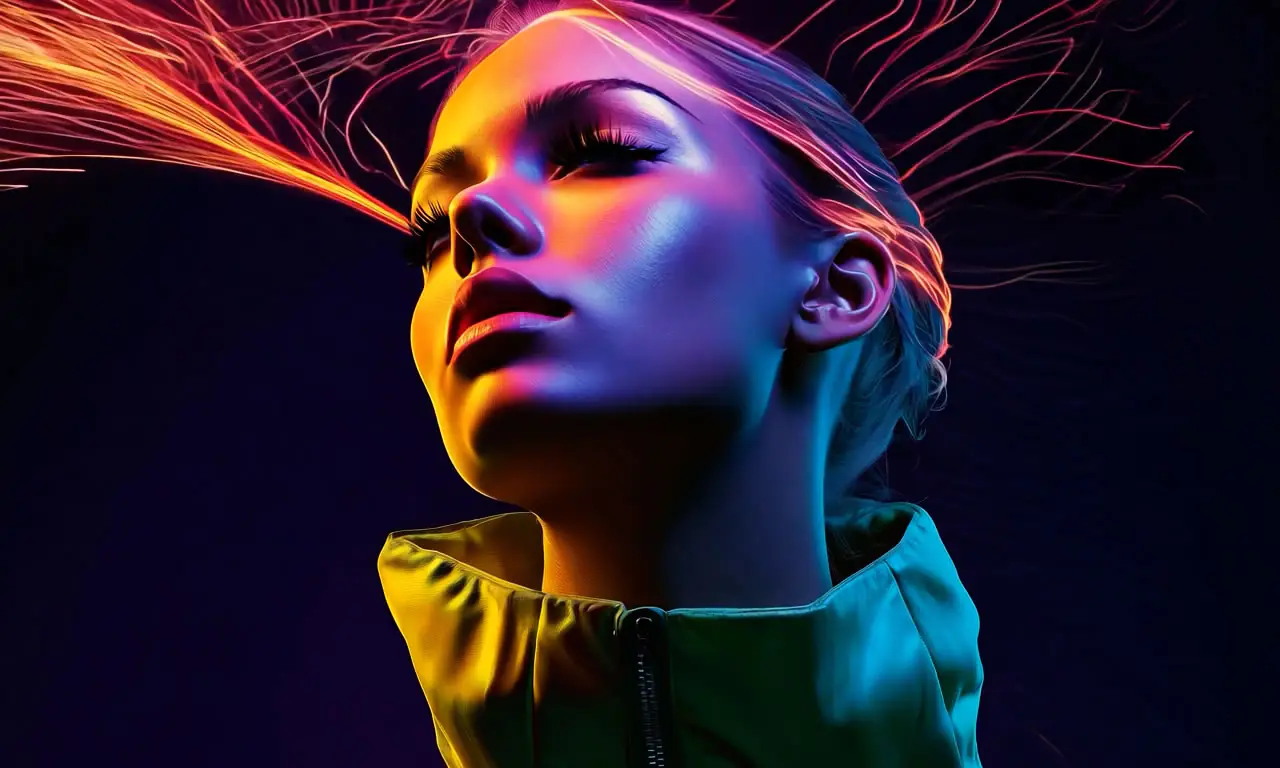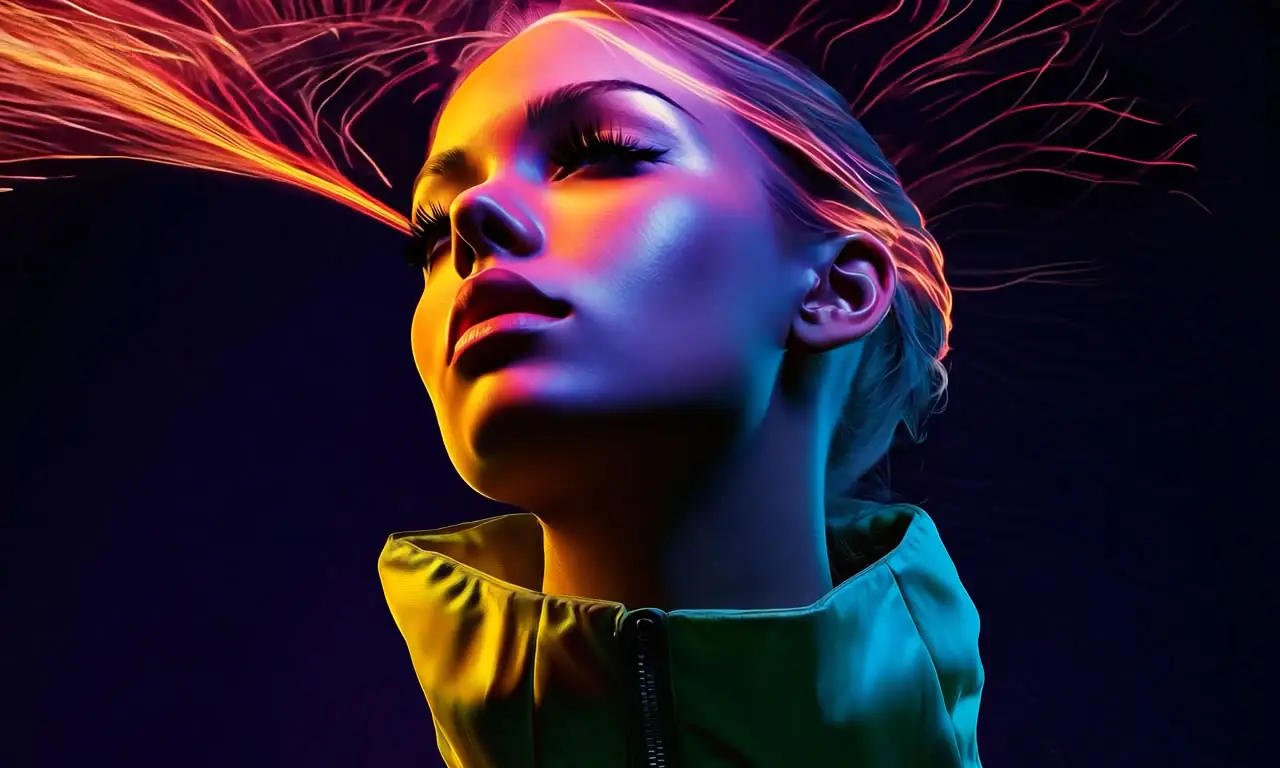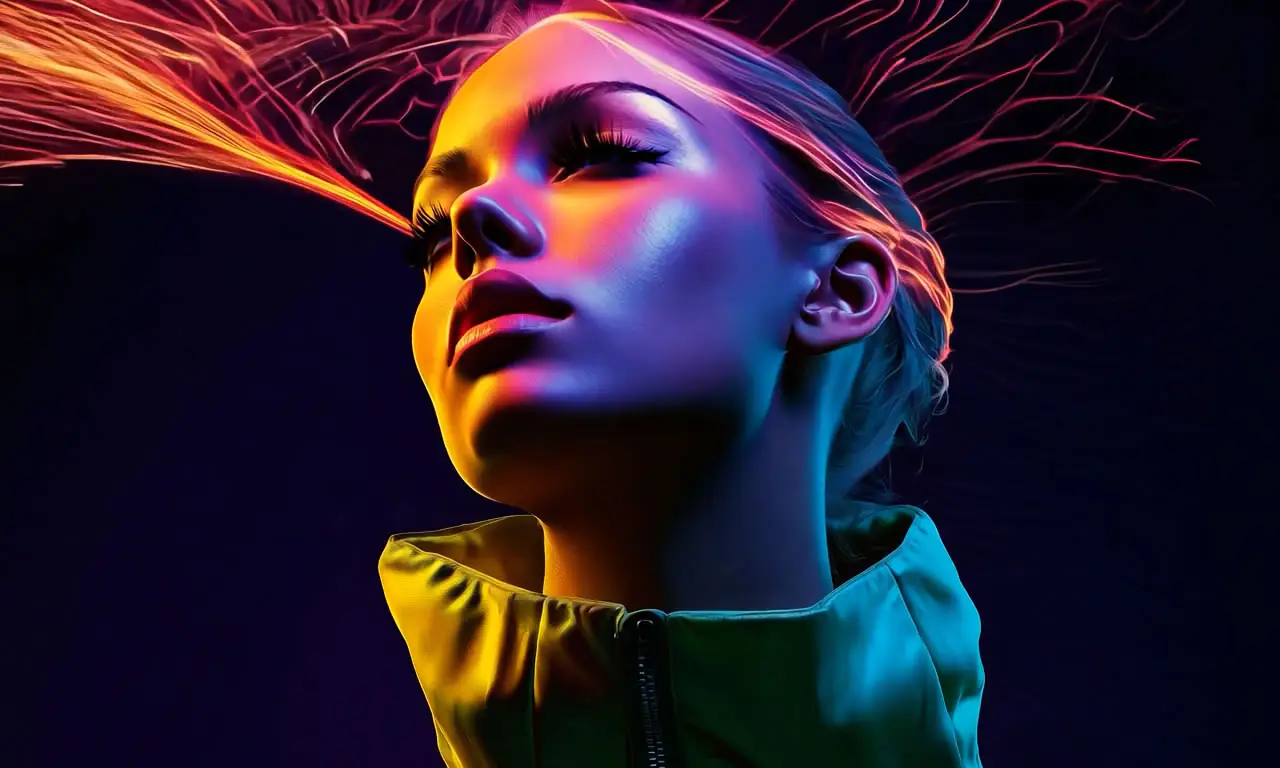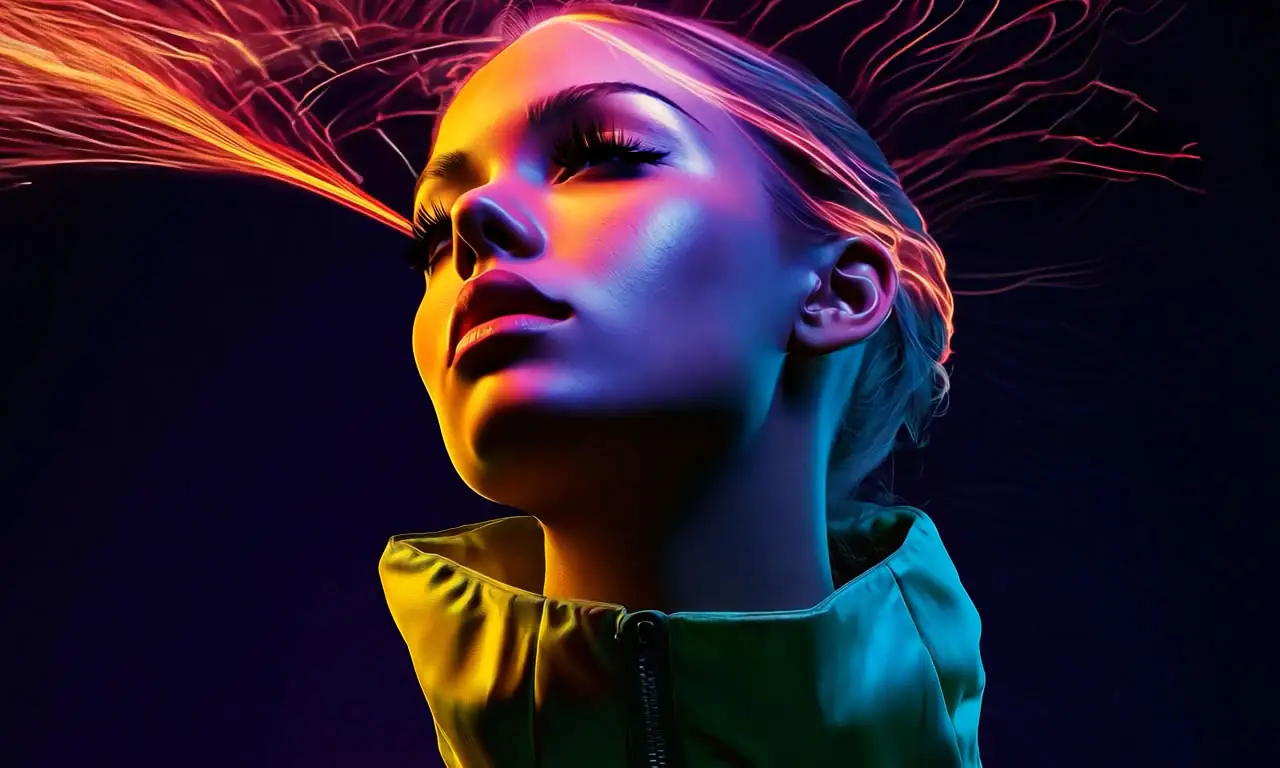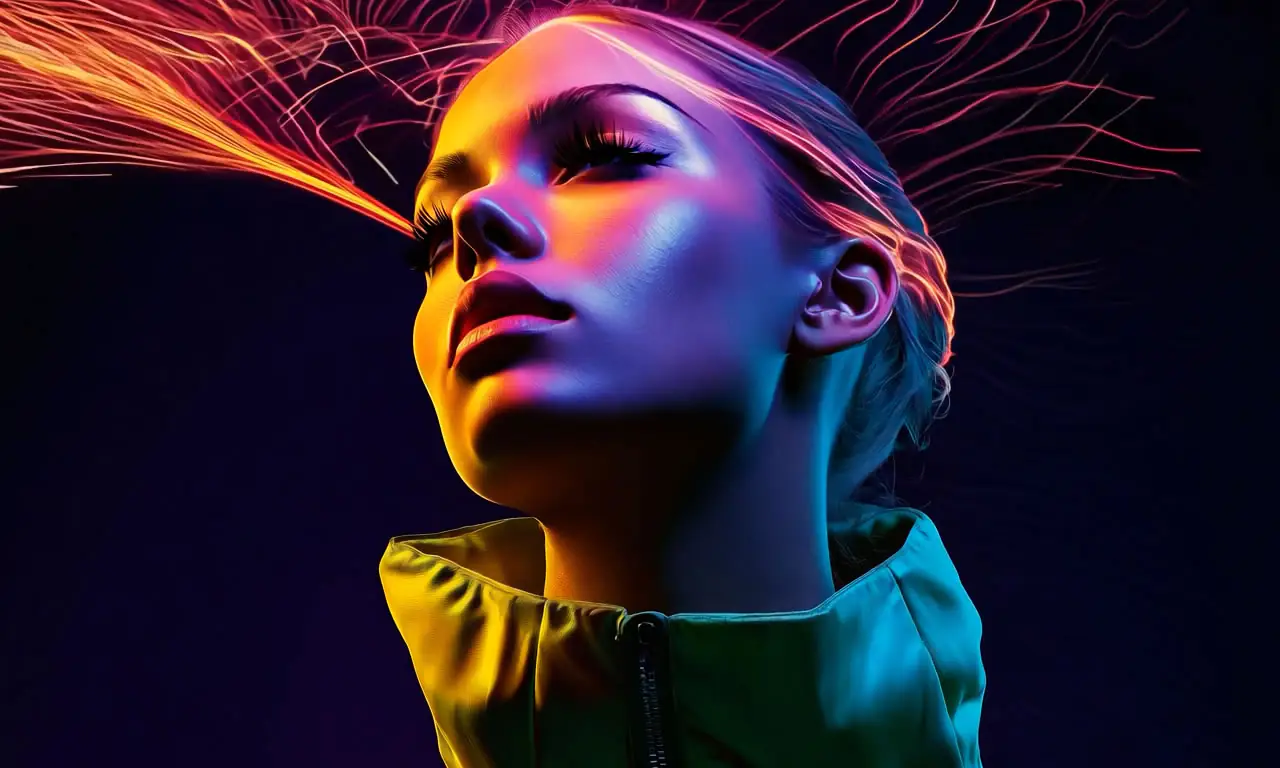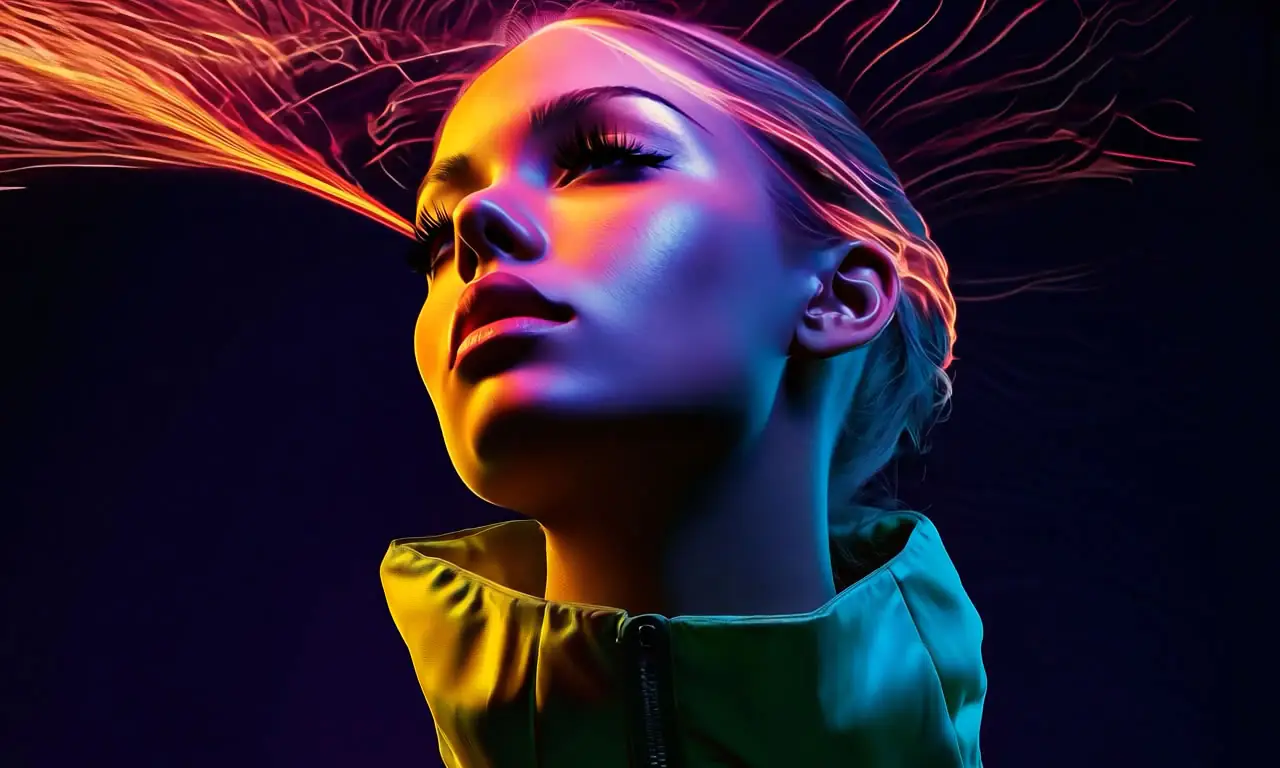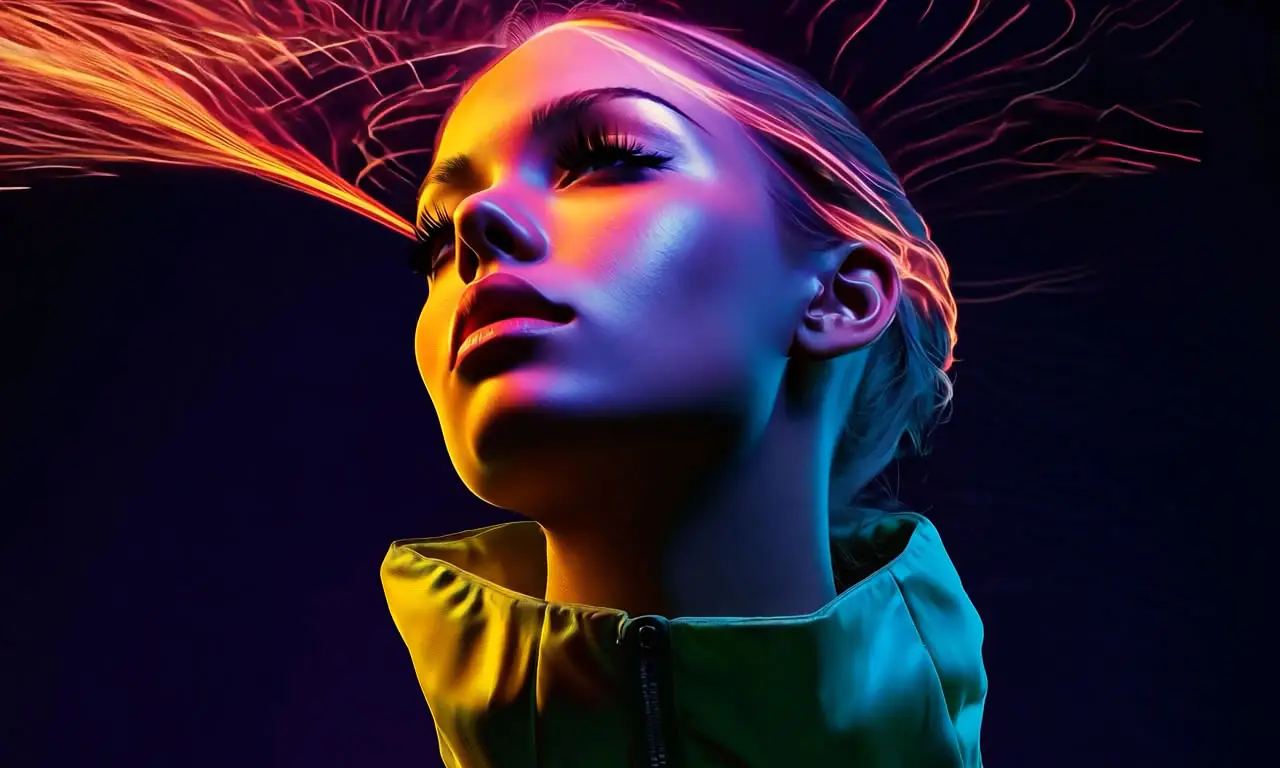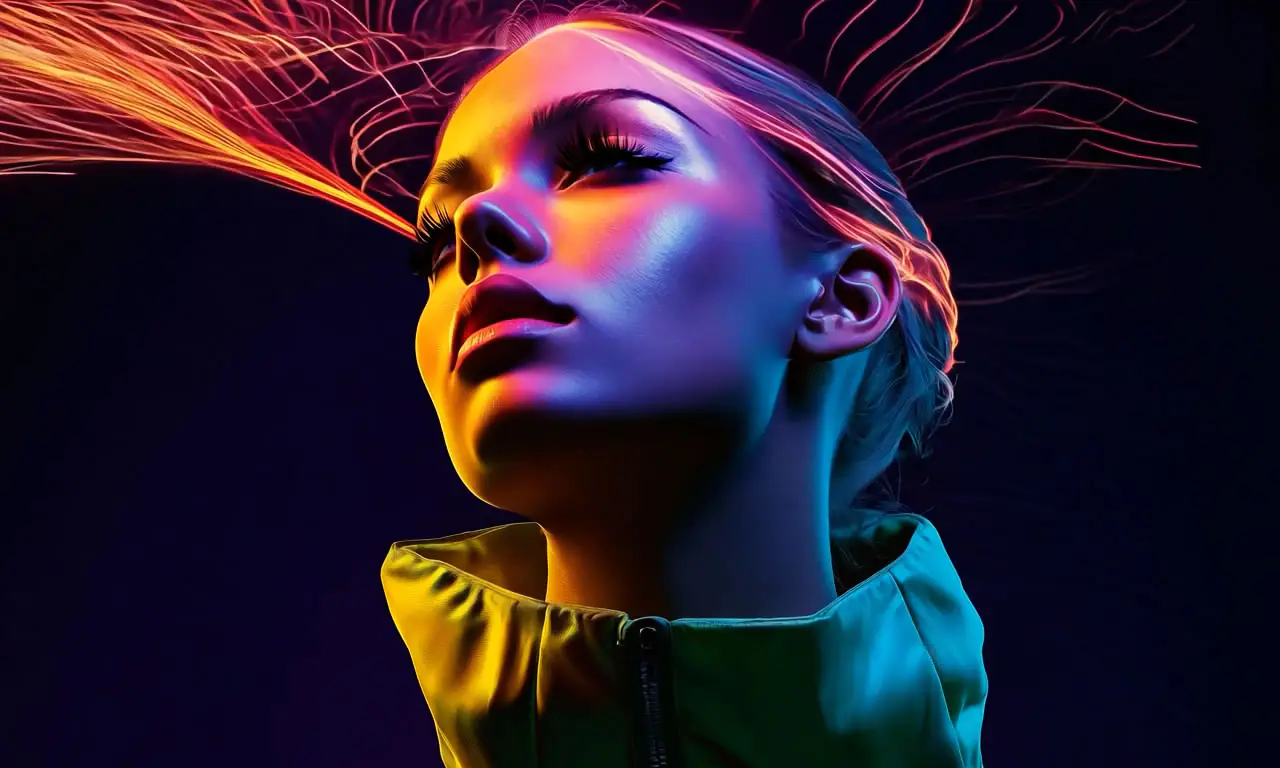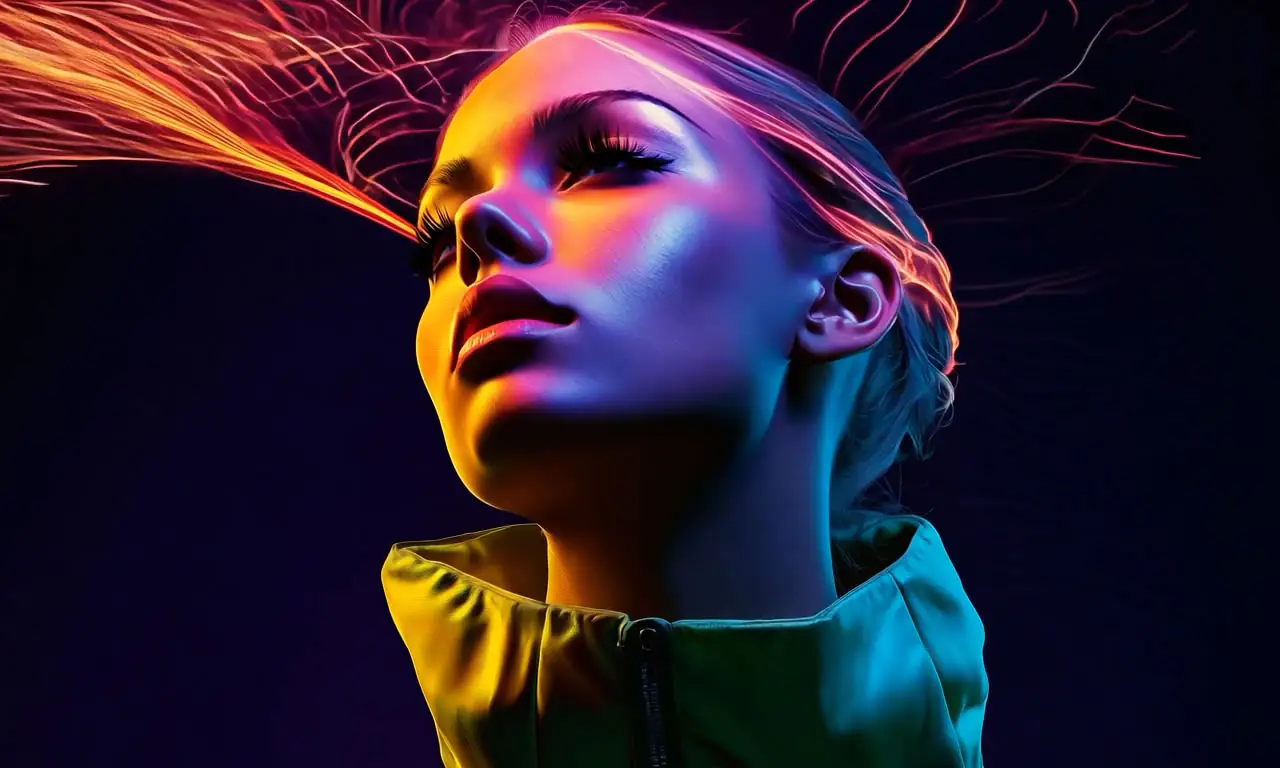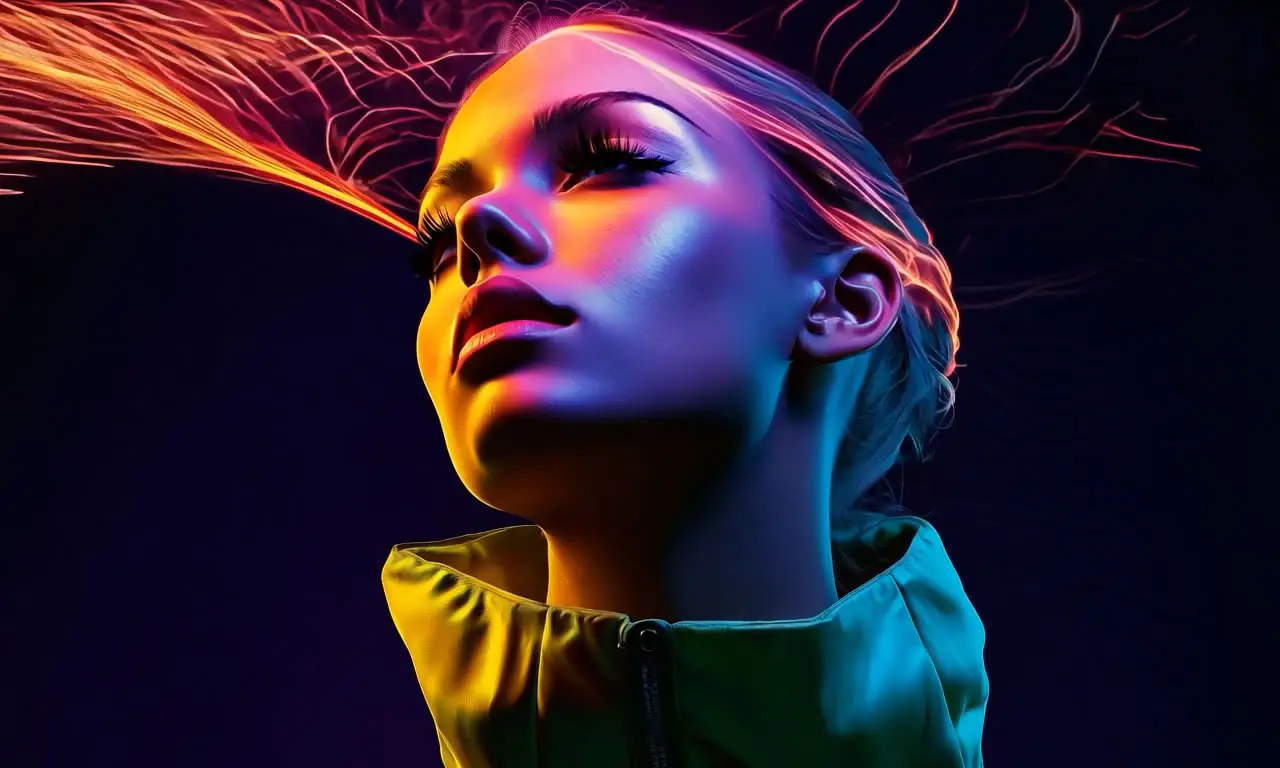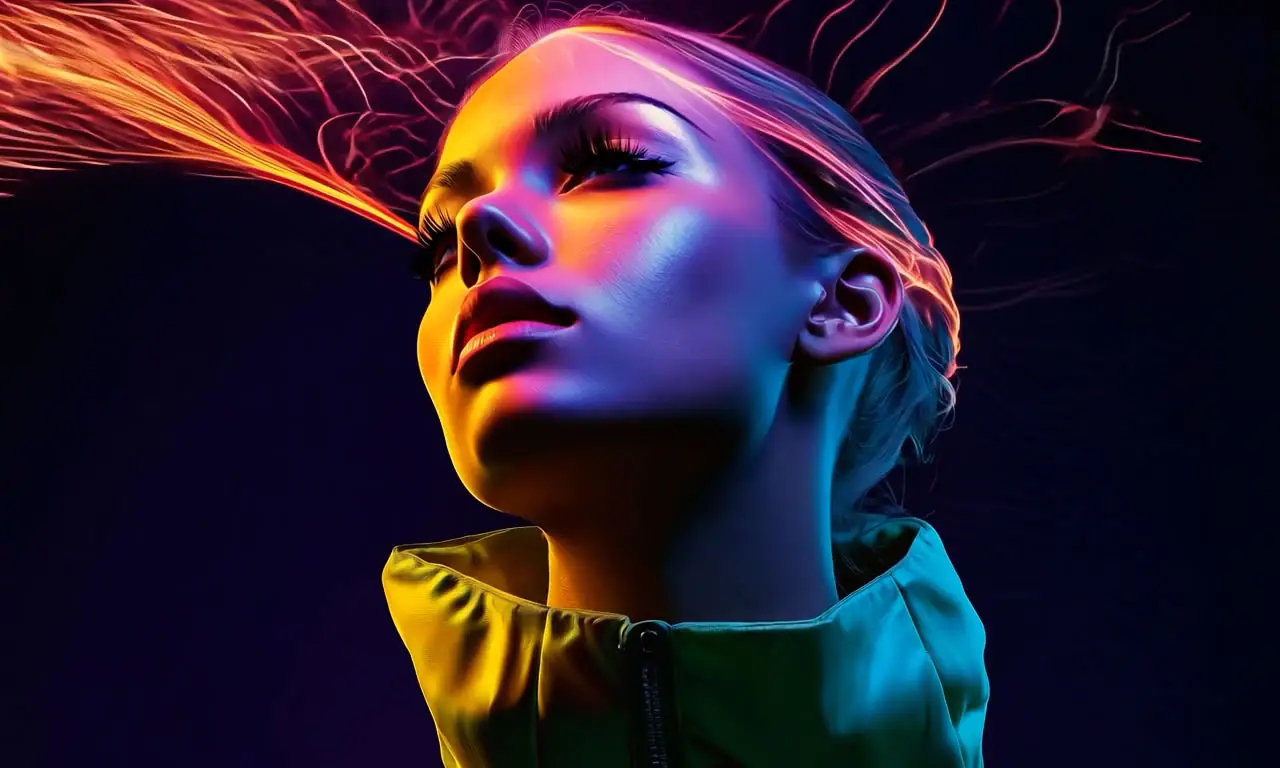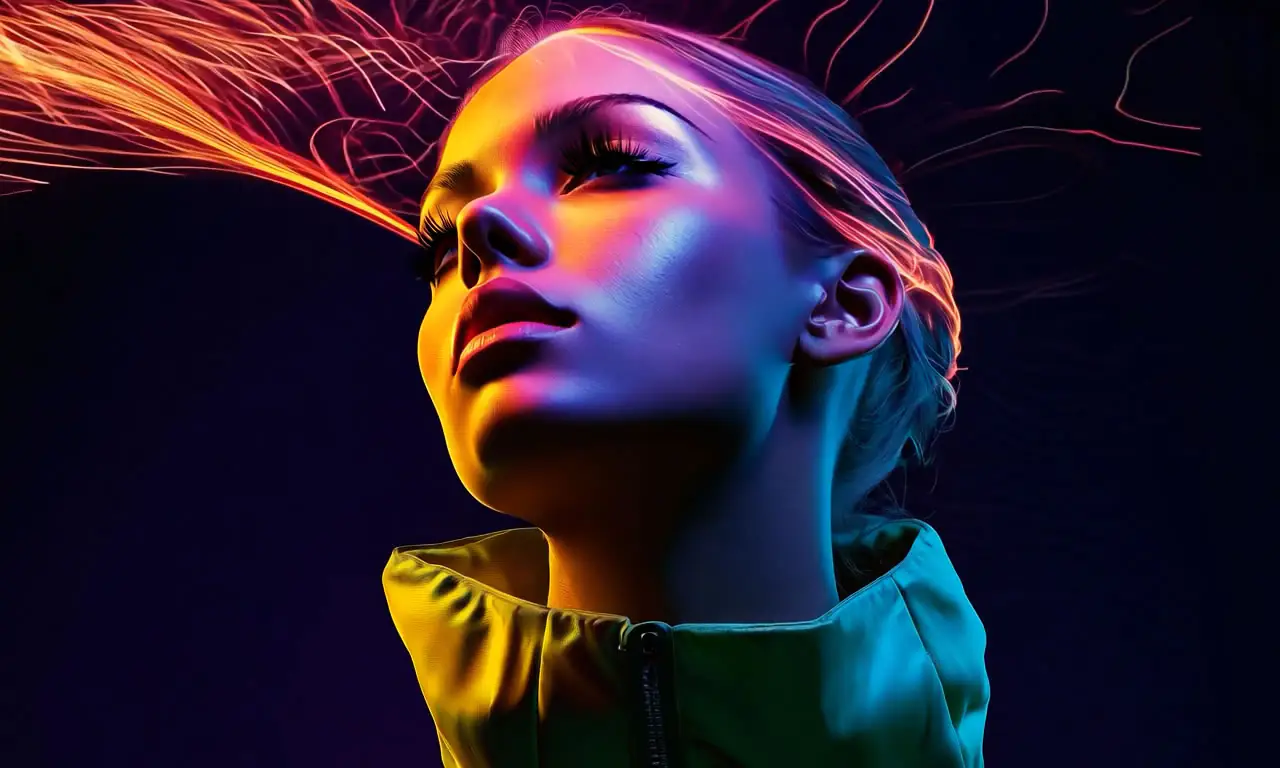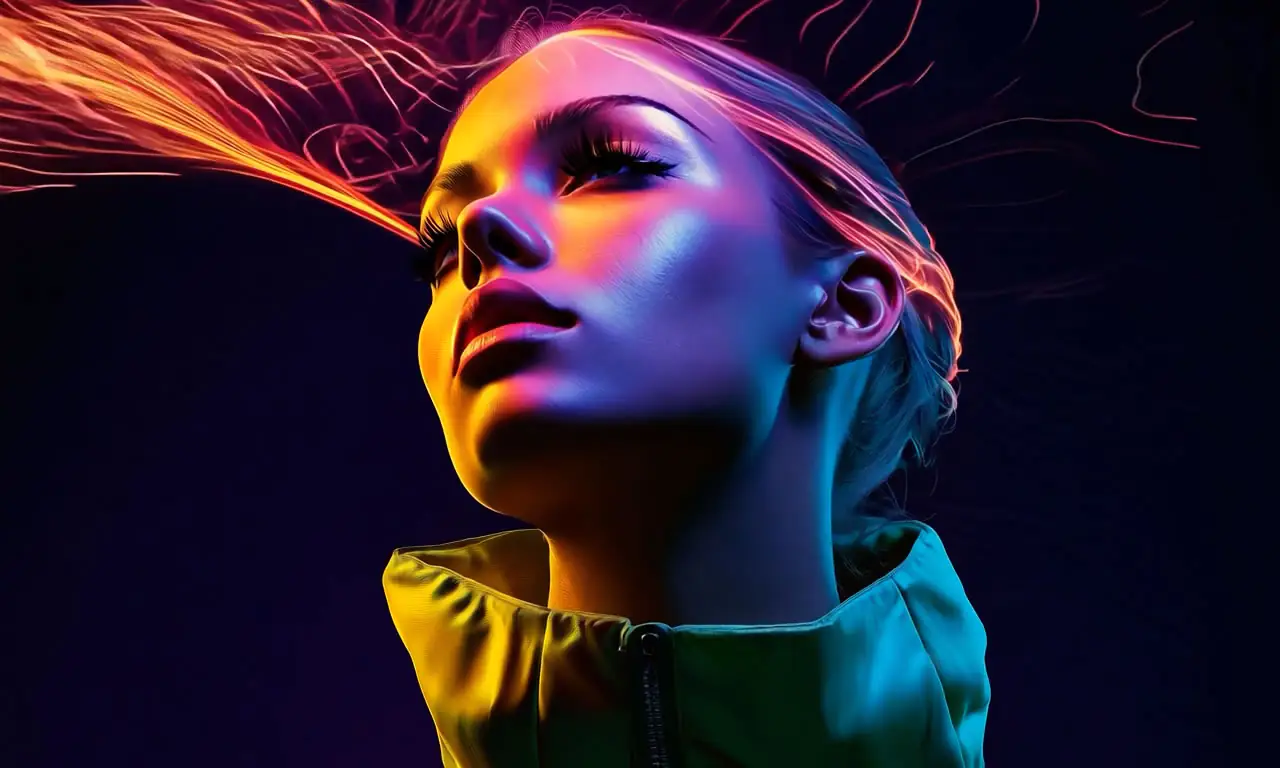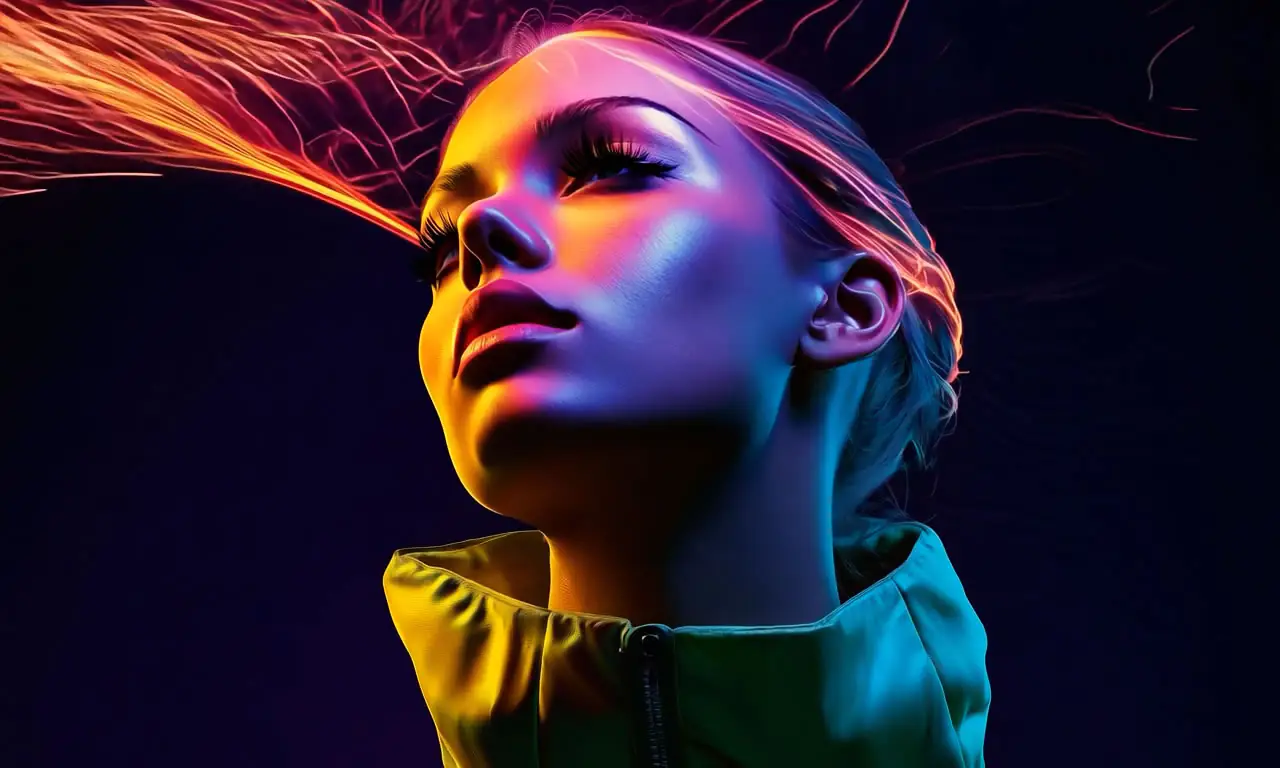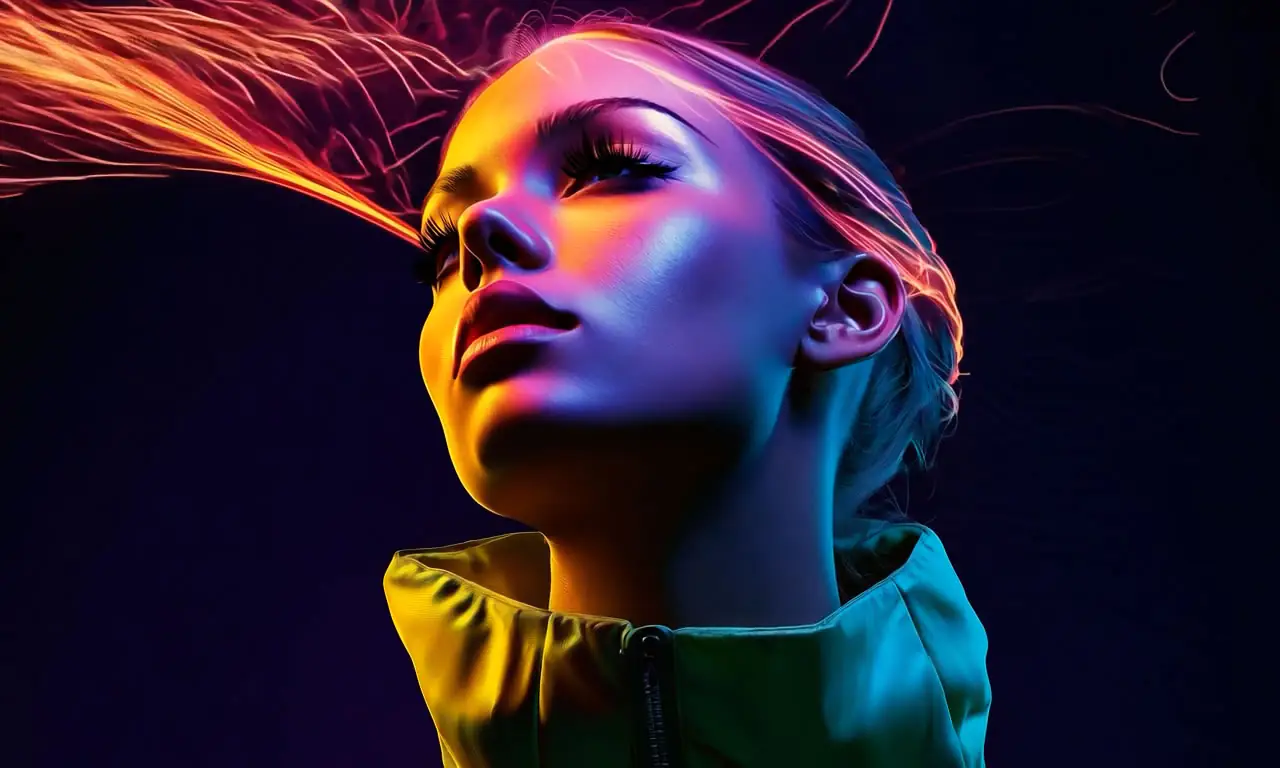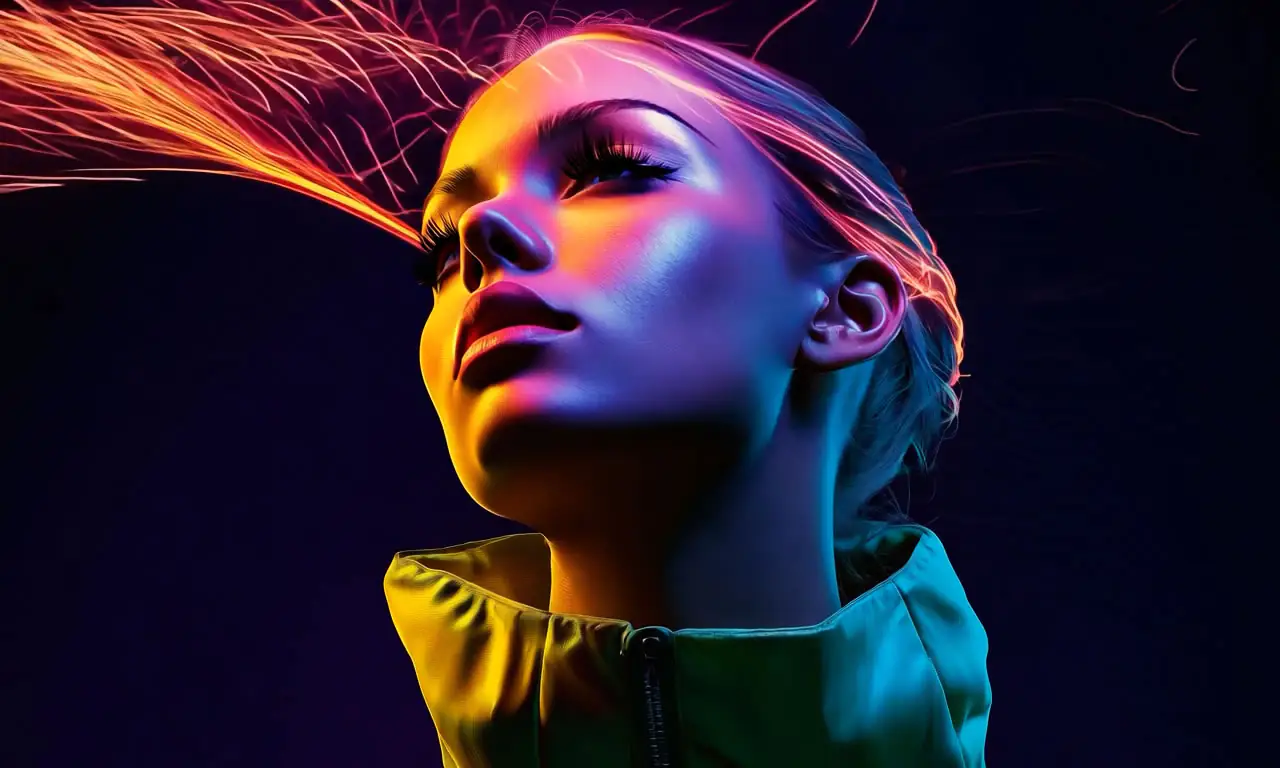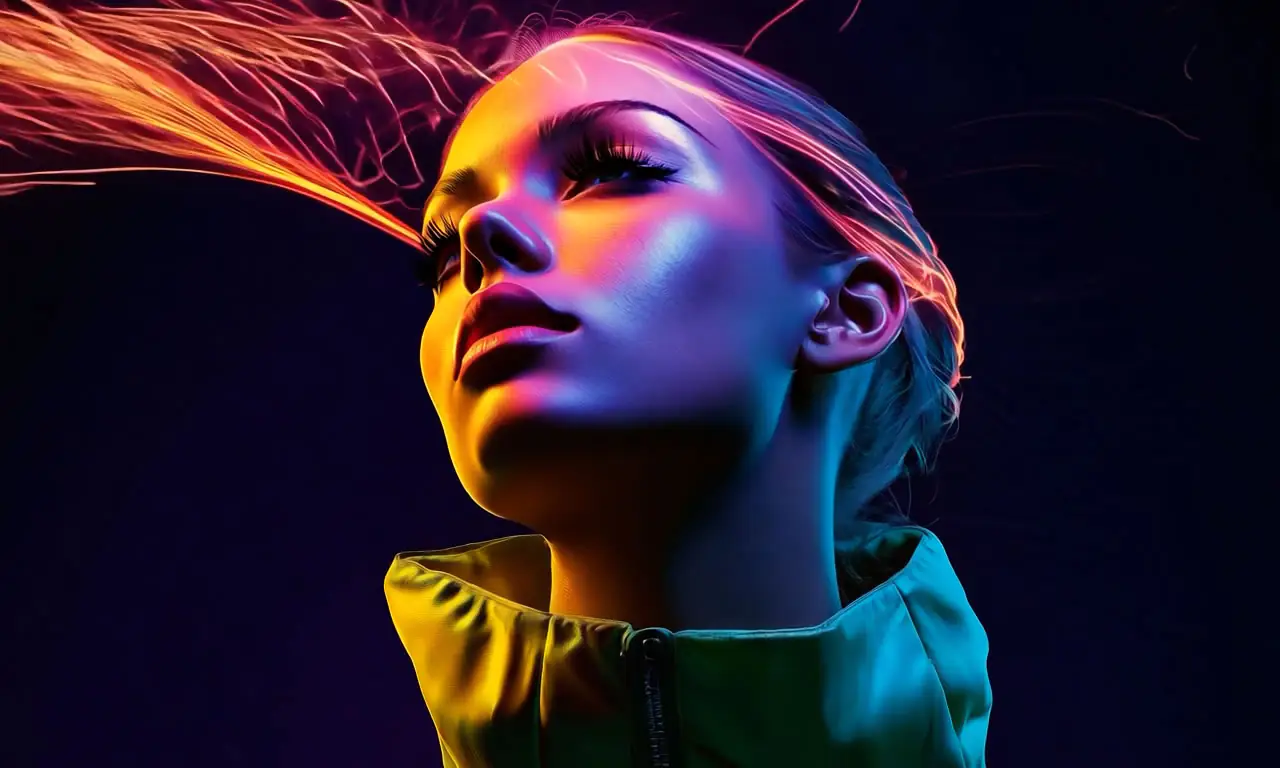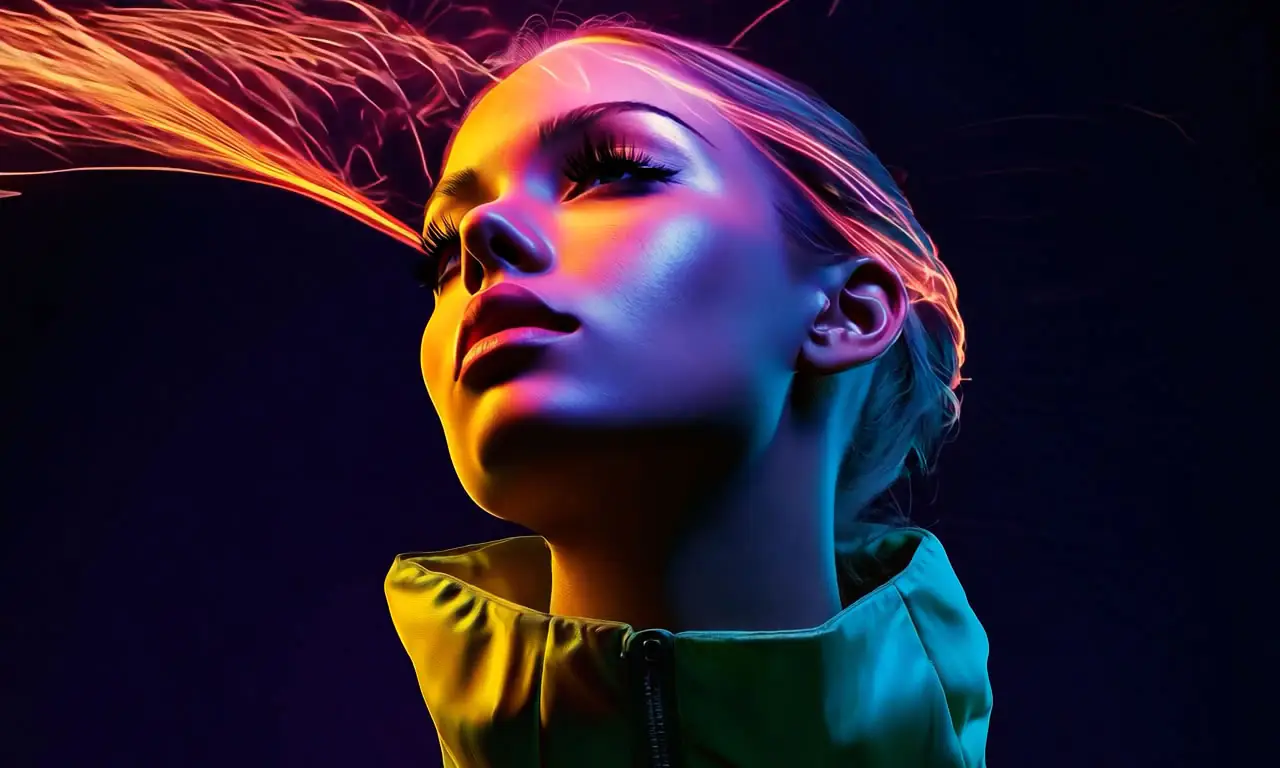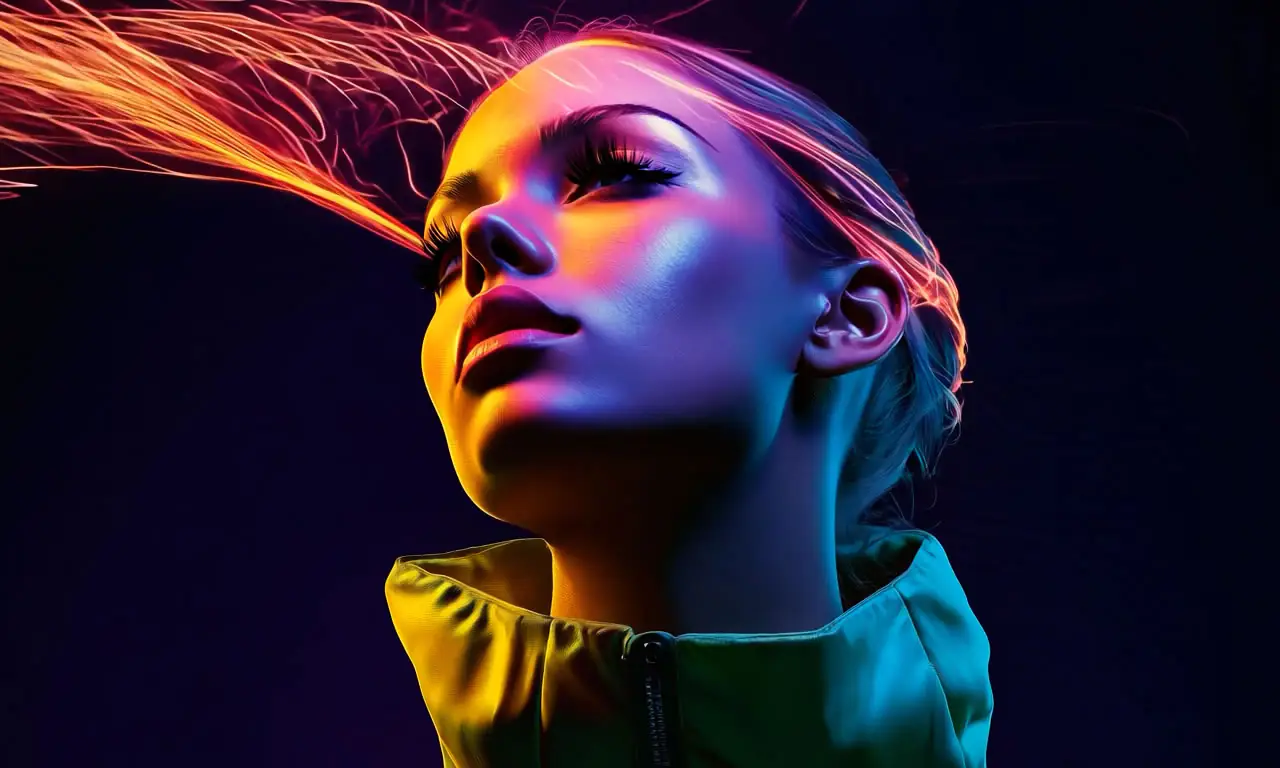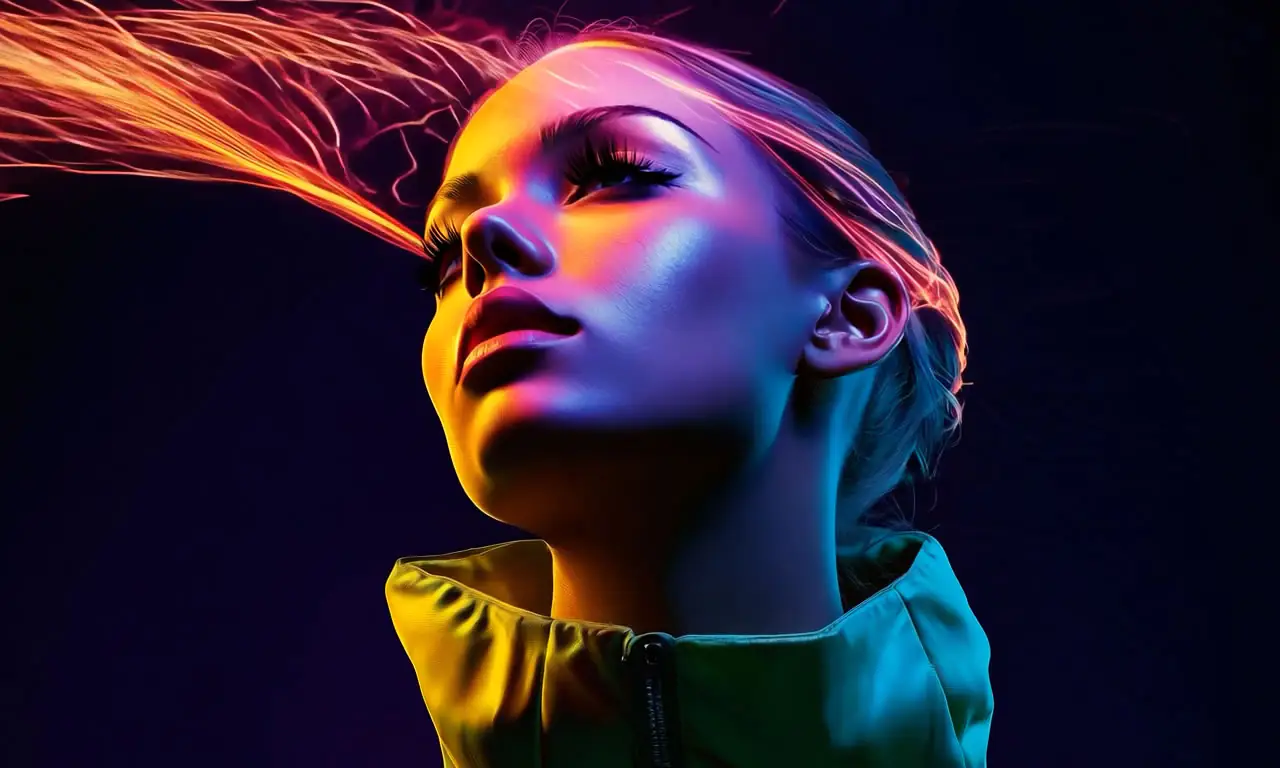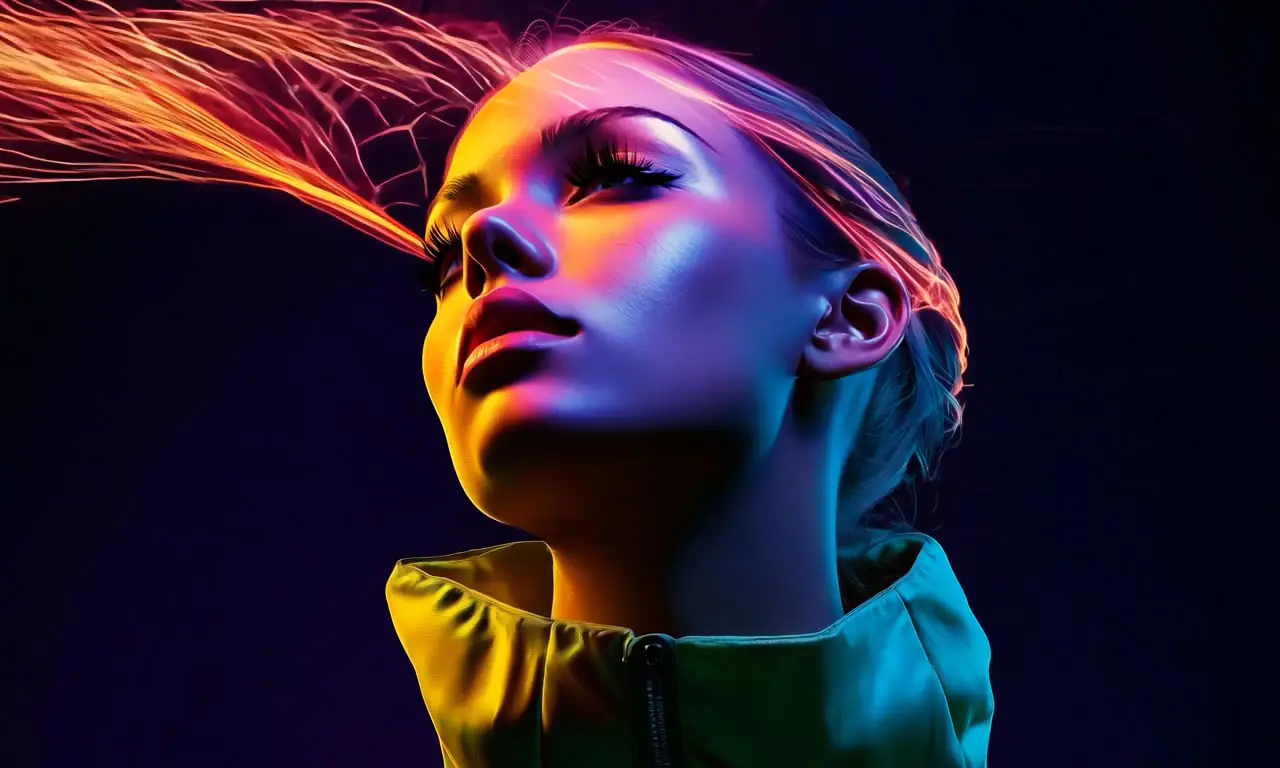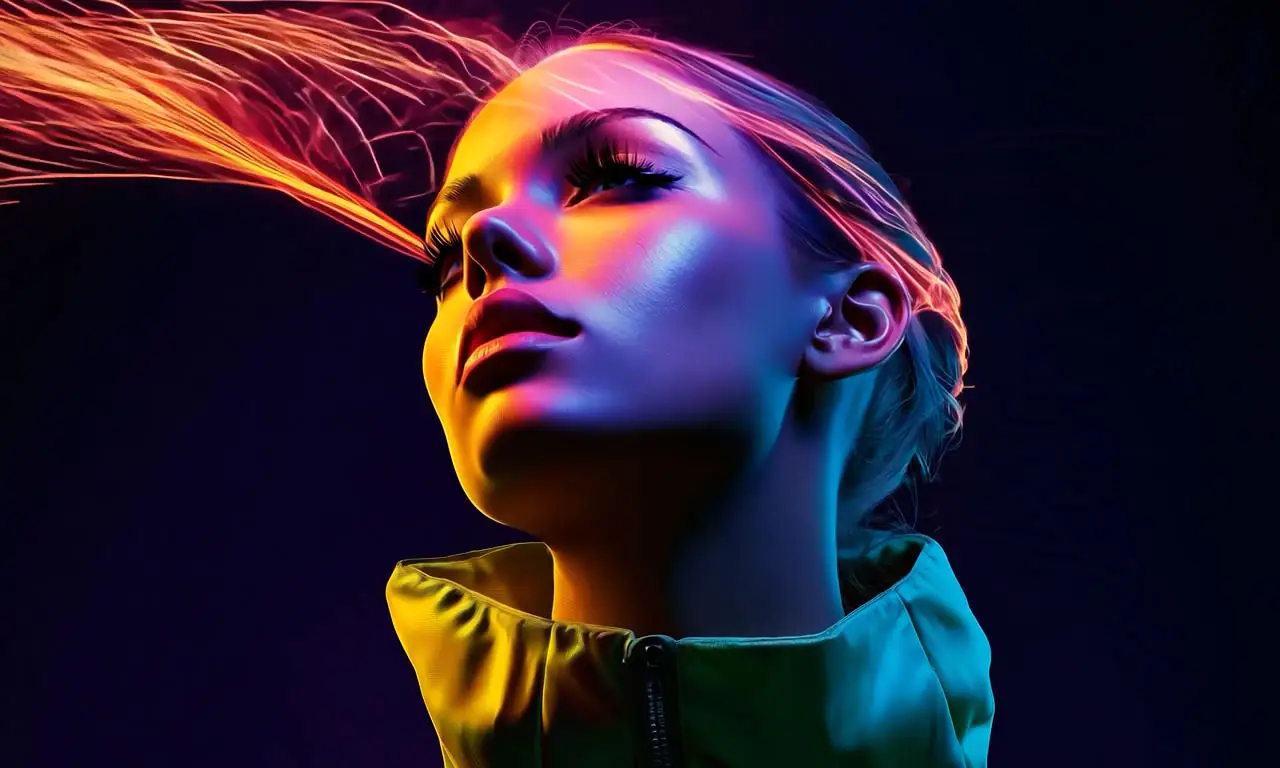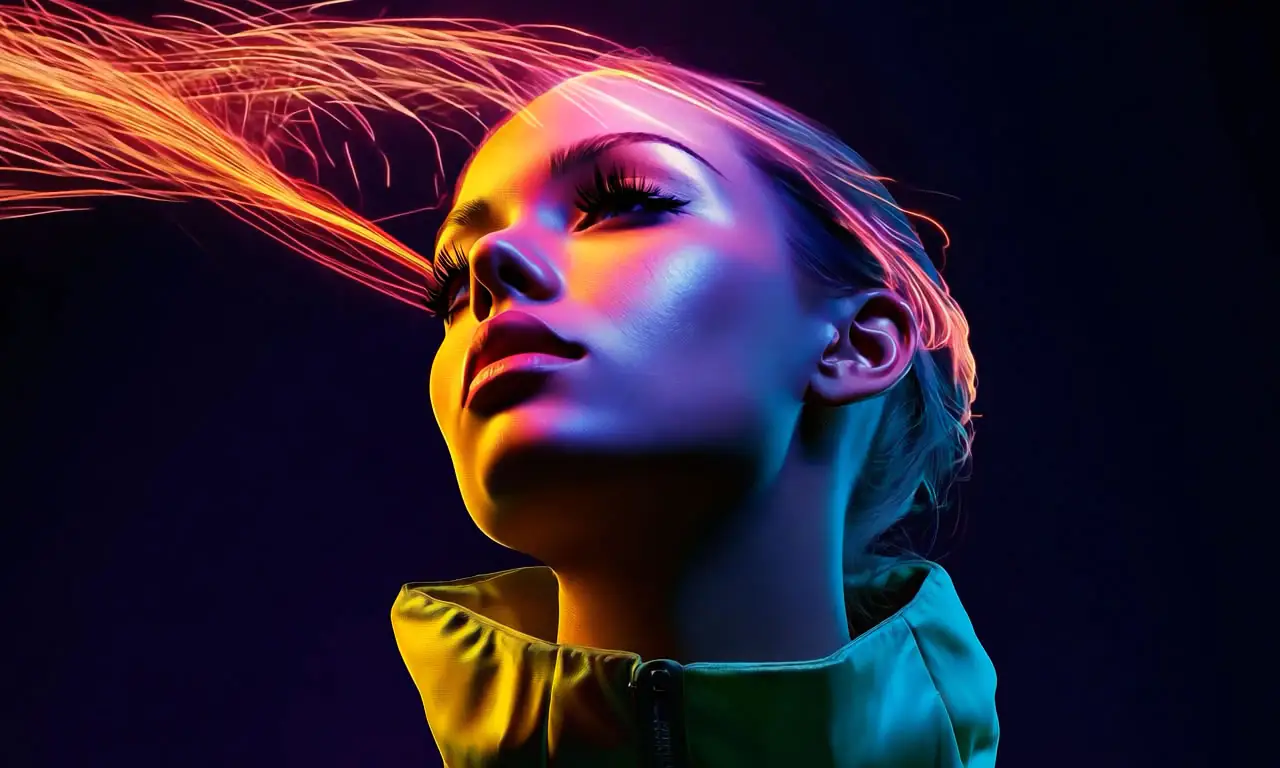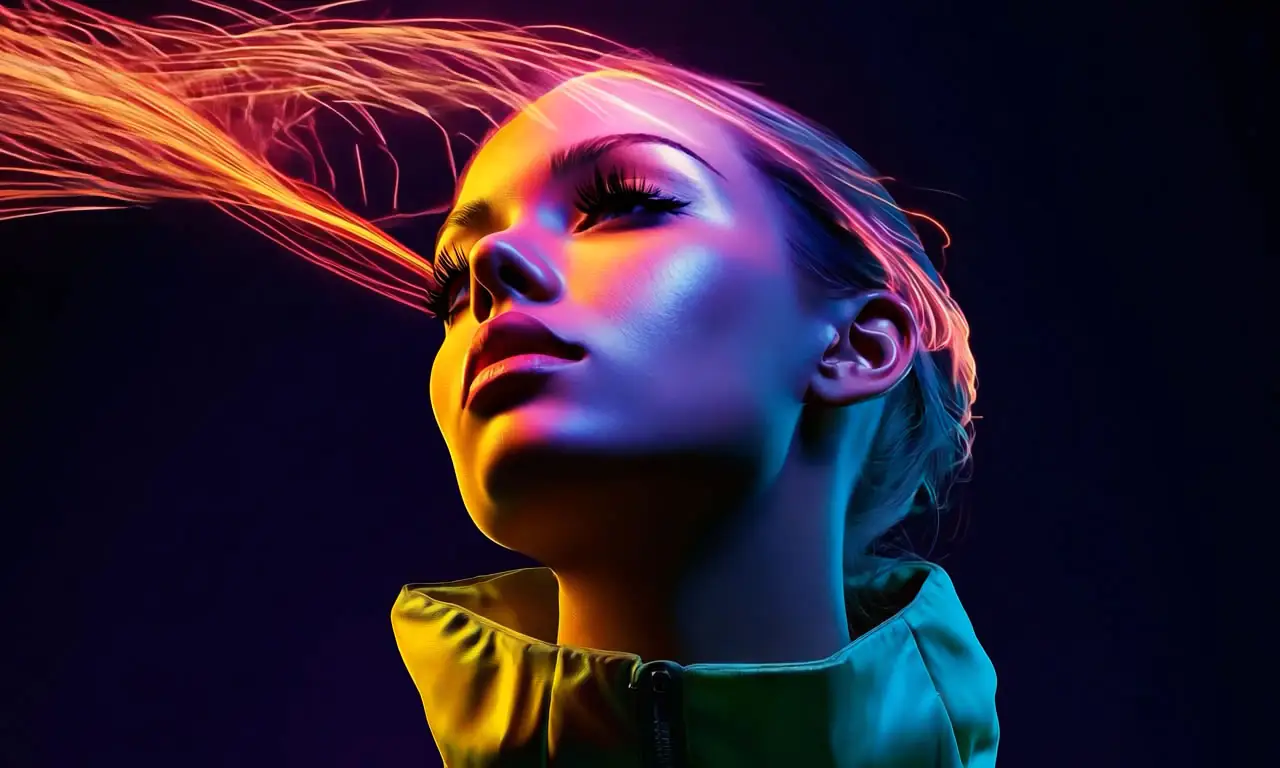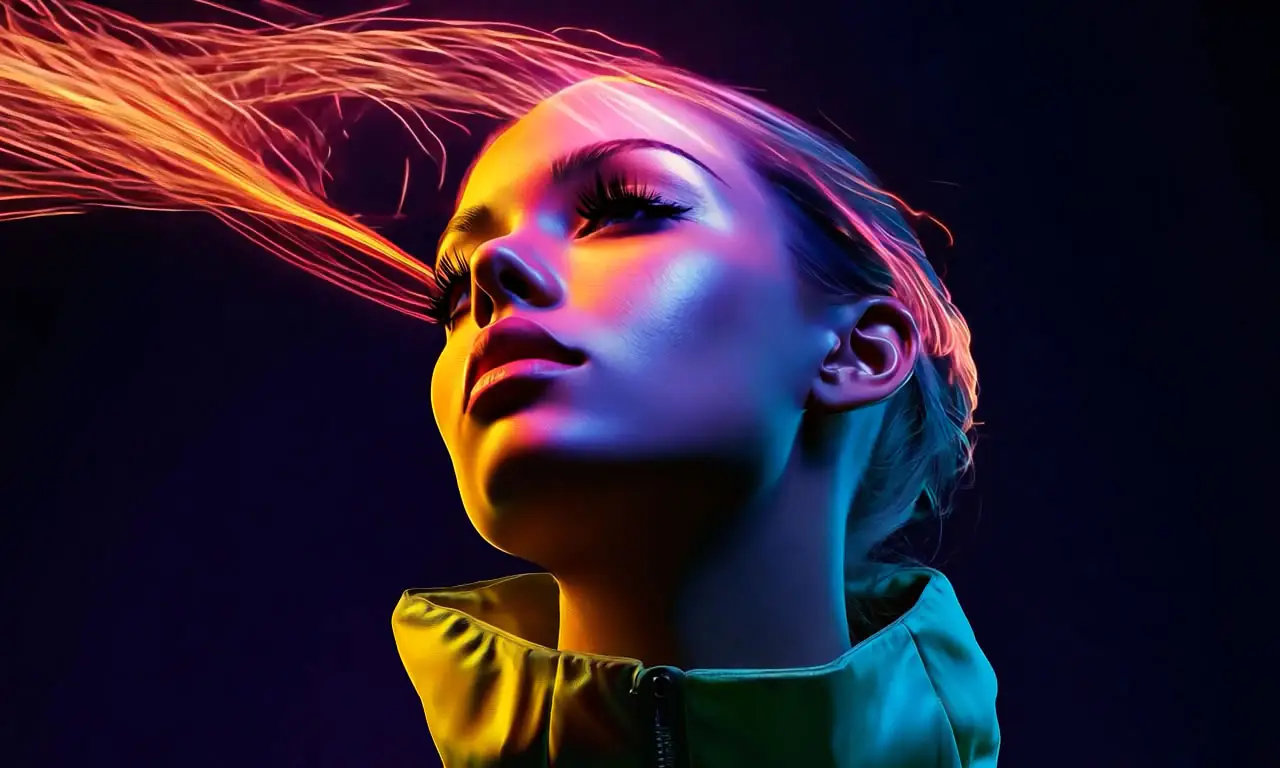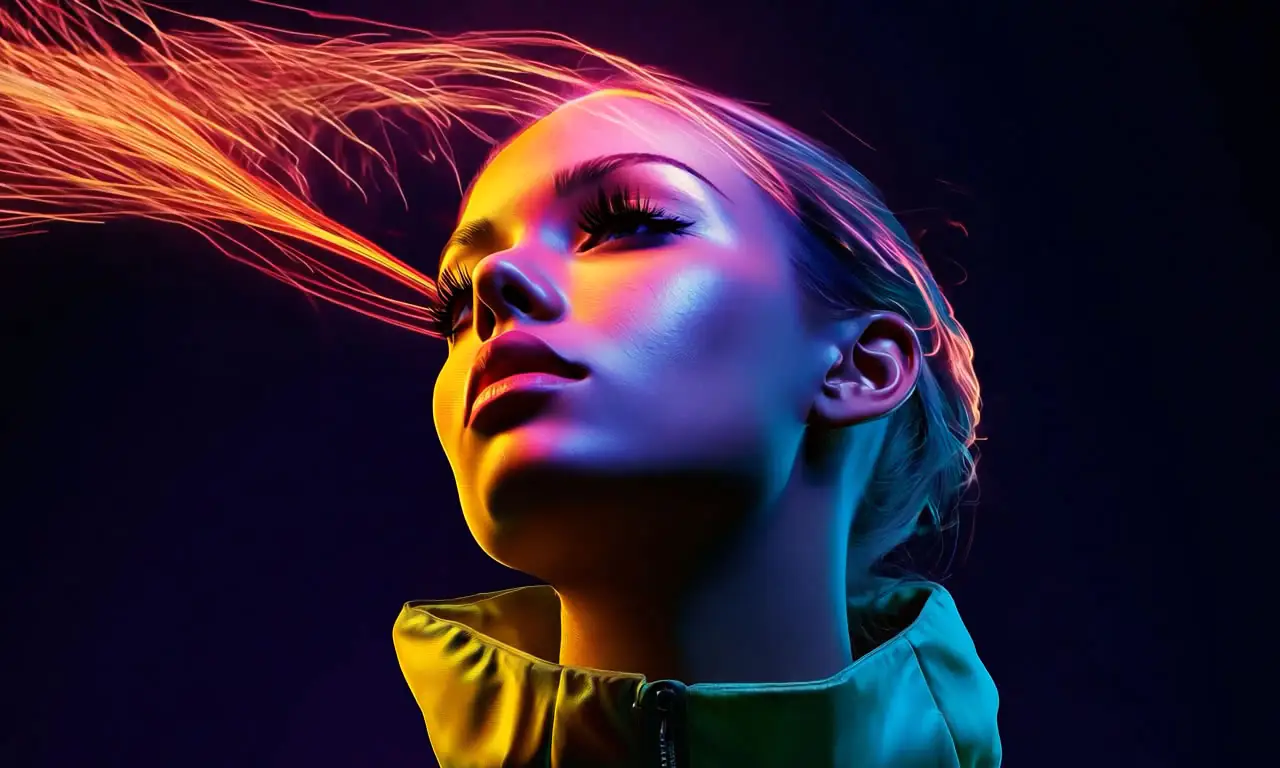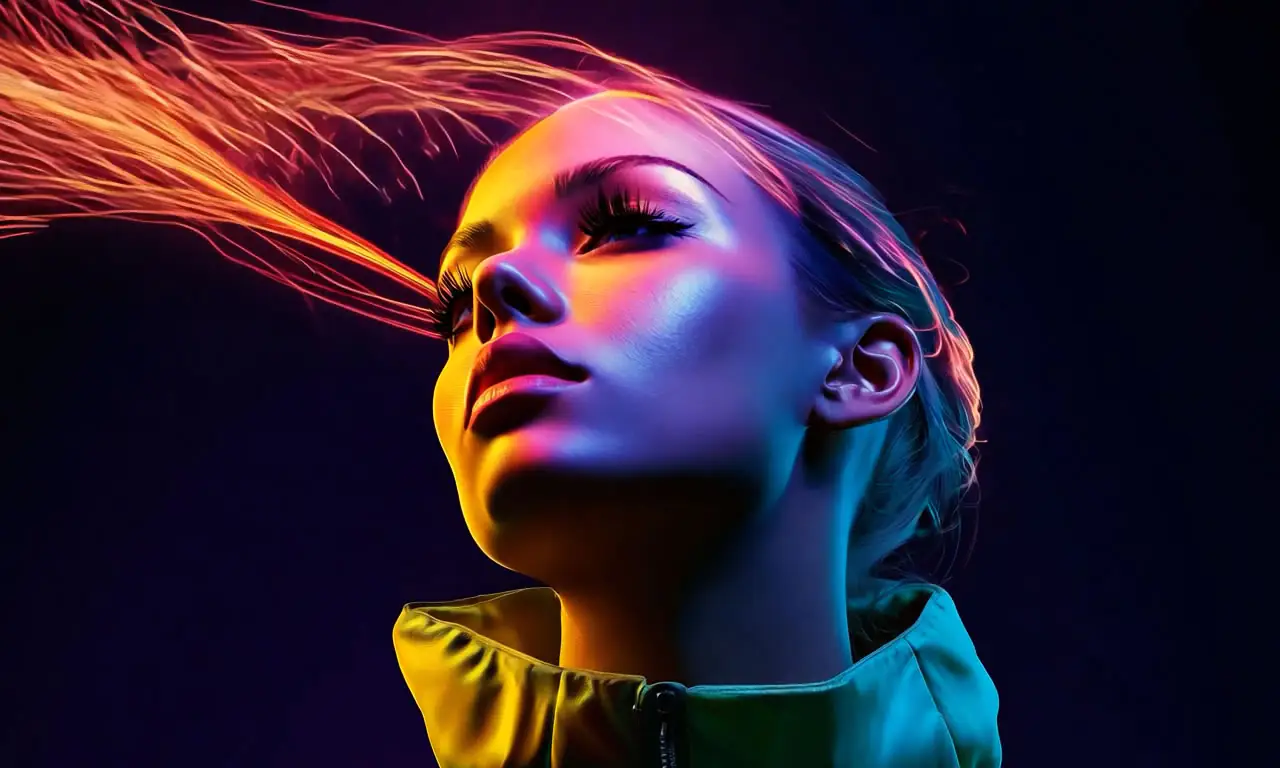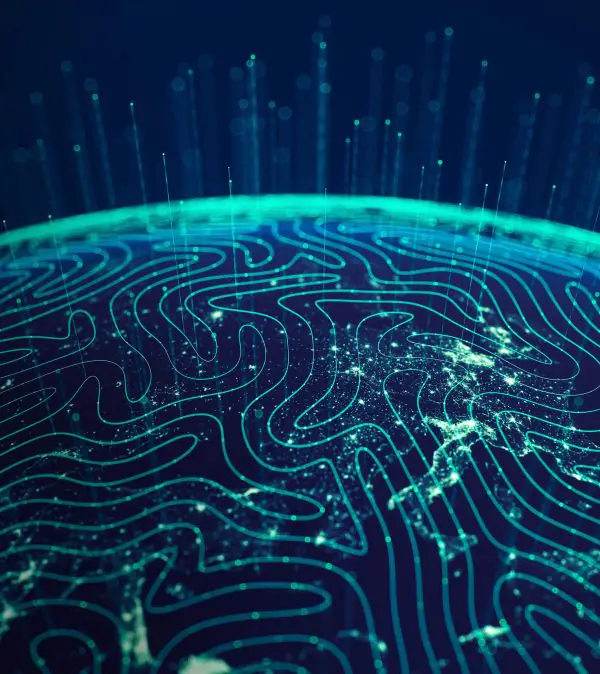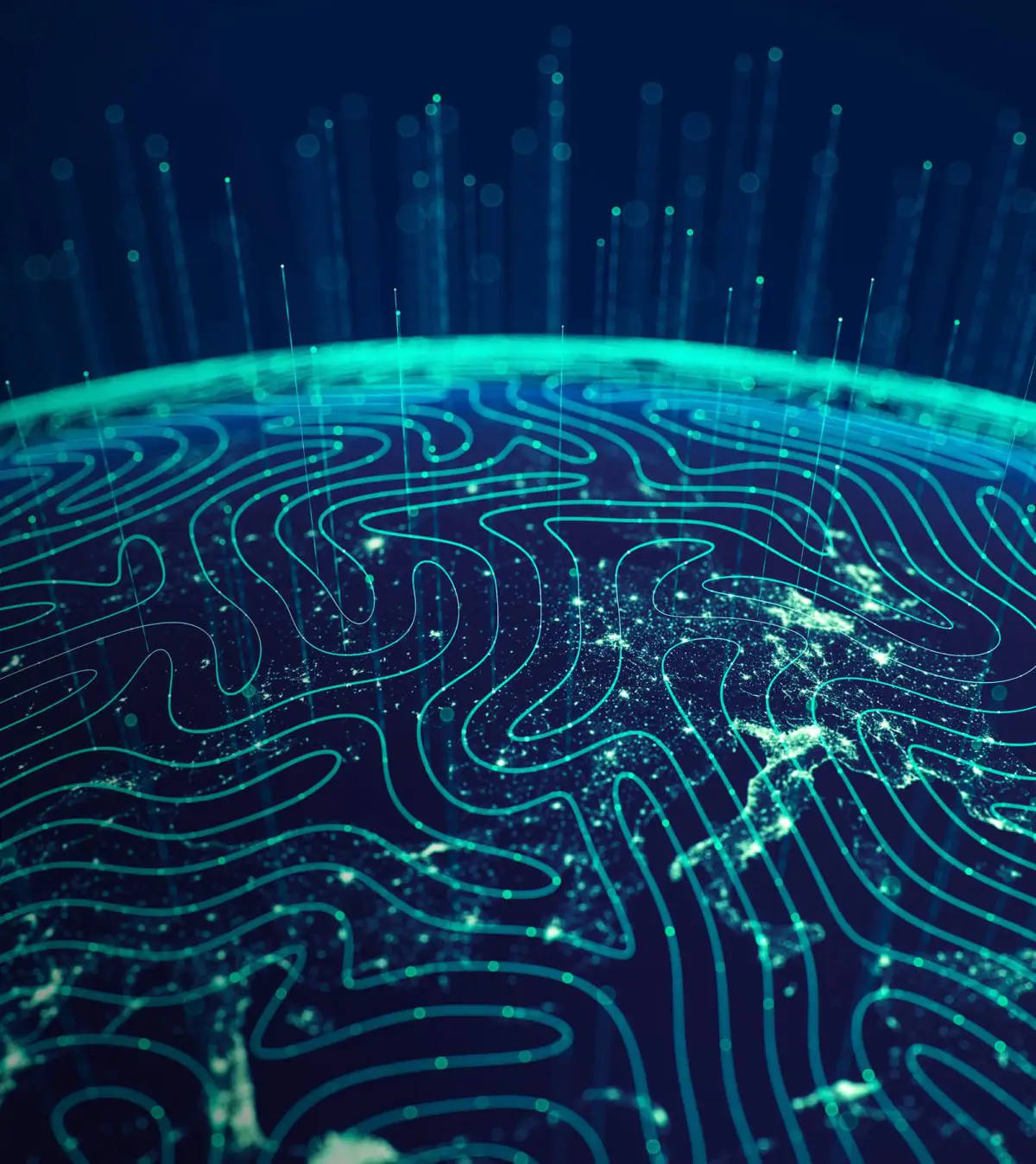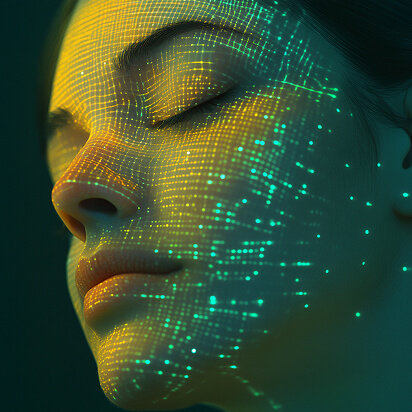The Evolution of AI Marketing Services: From Automation to Autonomy
1. The First Wave: AI as an Efficiency Tool
Early AI marketing services focused on automating repetitive tasks, such as:
- Automated email marketing workflows (HubSpot, Mailchimp AI features)
- AI-powered keyword research and SEO content recommendations
- Chatbots for customer service and lead generation
These tools increased efficiency but still required human oversight. Marketers had to set up workflows, analyze reports, and adjust strategies manually.
2. The Second Wave: AI as an Intelligent Assistant
As machine learning advanced, AI marketing services moved beyond simple automation into intelligent assistance, providing:
- Predictive analytics to forecast customer behavior
- Natural Language Processing (NLP) to create more human-like chatbot interactions
- AI-driven personalization, dynamically adjusting website experiences for different visitors
At this stage, AI-assisted marketers rather than replacing them, enabling more data-driven decision-making while still keeping control in human hands.
3. The Third Wave: Autonomous AI-Led Marketing
Today, AI is becoming self-learning, adaptive, and autonomous, moving from assisting marketers to executing full marketing strategies. AI-driven marketing services are now capable of:
- Generating content dynamically based on real-time search trends
- Optimizing brand messaging based on sentiment analysis
- Adjusting email campaigns based on AI-predicted user engagement
- Orchestrating multi-channel marketing campaigns with minimal human intervention
Autonomous AI marketing systems no longer just analyze data—they make real-time marketing decisions at scale, learning from previous interactions to refine their own performance.
Dr. Kate Crawford, an AI researcher and author of Atlas of AI, states that AI-driven marketing autonomy is inevitable, but businesses must implement safeguards to maintain ethical standards and transparency. “Companies that embrace AI for brand growth must establish boundaries that balance automation with human oversight to avoid bias and misinformation.”

Alibaba has demonstrated the potential of AI-led marketing autonomy by integrating AI-driven customer engagement tools. In Q4 2024, Alibaba saw an 8% revenue increase, reaching $38.38 billion, fueled by its AI-enhanced e-commerce and marketing strategies. The company’s AI models analyze real-time customer interactions and autonomously adjust marketing campaigns, improving personalization and efficiency.

Key Technologies Powering AI-Led Brand Autonomy
1. Generative AI & NLP
- AI tools like GPT-4, Jasper AI, and Cohere generate human-like content at scale.
- AI-driven brand voice analysis ensures content consistency across all platforms.
- Emerging AI-driven video & audio generation tools will enable dynamic multimedia branding.
2. Predictive Analytics & AI Decision Engines
- AI-powered platforms (e.g., H2O.ai, IBM Watson) analyze real-time market trends and automatically adjust content strategies.
- Machine learning algorithms predict audience engagement patterns, optimizing campaigns before they even launch.
- AI-driven advertising models can autonomously shift strategies based on live campaign performance.
Yum Brands, the parent company of Taco Bell and KFC, has leveraged AI-driven marketing pilots to increase purchases and reduce customer churn. Their AI-driven personalization strategies have dynamically adjusted email campaigns, leading to higher customer retention and greater engagement.

3. AI-Driven Brand Sentiment Analysis
- AI tools like Brandwatch and Sprinklr monitor how audiences react to a brand in real time.
- AI dynamically adjusts messaging based on sentiment shifts, preventing PR crises before they escalate.
- AI-powered voice and facial sentiment analysis will enhance consumer insights beyond text data.
Must Have Ideas, a UK-based homeware retailer, created an AI-powered TV shopping channel. Their AI system automatically stitches together product videos, optimizes programming based on stock levels, and adapts schedules dynamically, leading to increased conversions and cost savings.
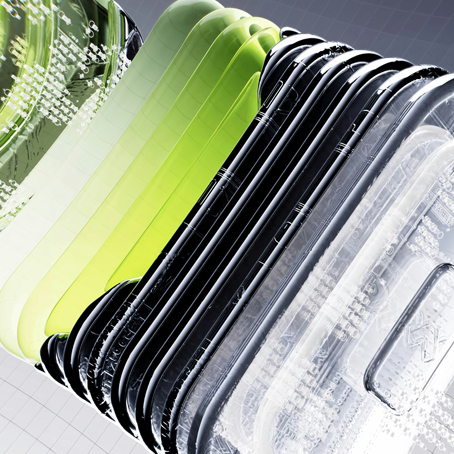
The Future of AI-Driven Brand Growth: What’s Next?
1. The Next Five Years: The Rise of AI-Led Brand Identity Systems
AI is evolving beyond marketing execution into full brand identity management, where:
- AI will generate customized, brand-specific messaging tailored to audience sentiment.
- Companies will leverage synthetic influencers powered by AI to enhance brand engagement.
- AI will optimize real-time personalization at a granular level, adapting branding materials instantly.
2. Ten Years Ahead: The Era of AI-Curated Brand Strategies
By 2035, we may witness:
- AI-led autonomous decision-making in creative direction, designing entire ad campaigns without human input.
- AI-powered content evolving based on neural network analysis of audience behaviors.
- Hybrid AI-human marketing teams where AI generates ideas, and human experts fine-tune messaging for emotional resonance.
AI thought leader Andrew Ng predicts that “AI will dominate digital branding by 2030, shifting businesses towards data-driven brand identity evolution, where every element of customer engagement is AI-powered and predictive.”

Conclusion: Preparing for the AI-First Marketing Landscape
The shift from AI-assisted marketing to AI-led brand growth is already happening. Businesses must adapt now by:
- Integrating AI marketing services that optimize autonomously
- Leveraging AI-driven analytics and real-time content adaptation
- Balancing AI automation with human-led creativity and ethics
- Building AI-first marketing teams that collaborate with machine intelligence
Final Thought: Businesses that embrace AI-driven brand growth strategies today will lead in the AI-first economy. The future of marketing won’t just be AI-powered—it will be AI-led.
Are you ready to integrate AI-powered marketing into your brand’s strategy? Let’s build the future together.















































